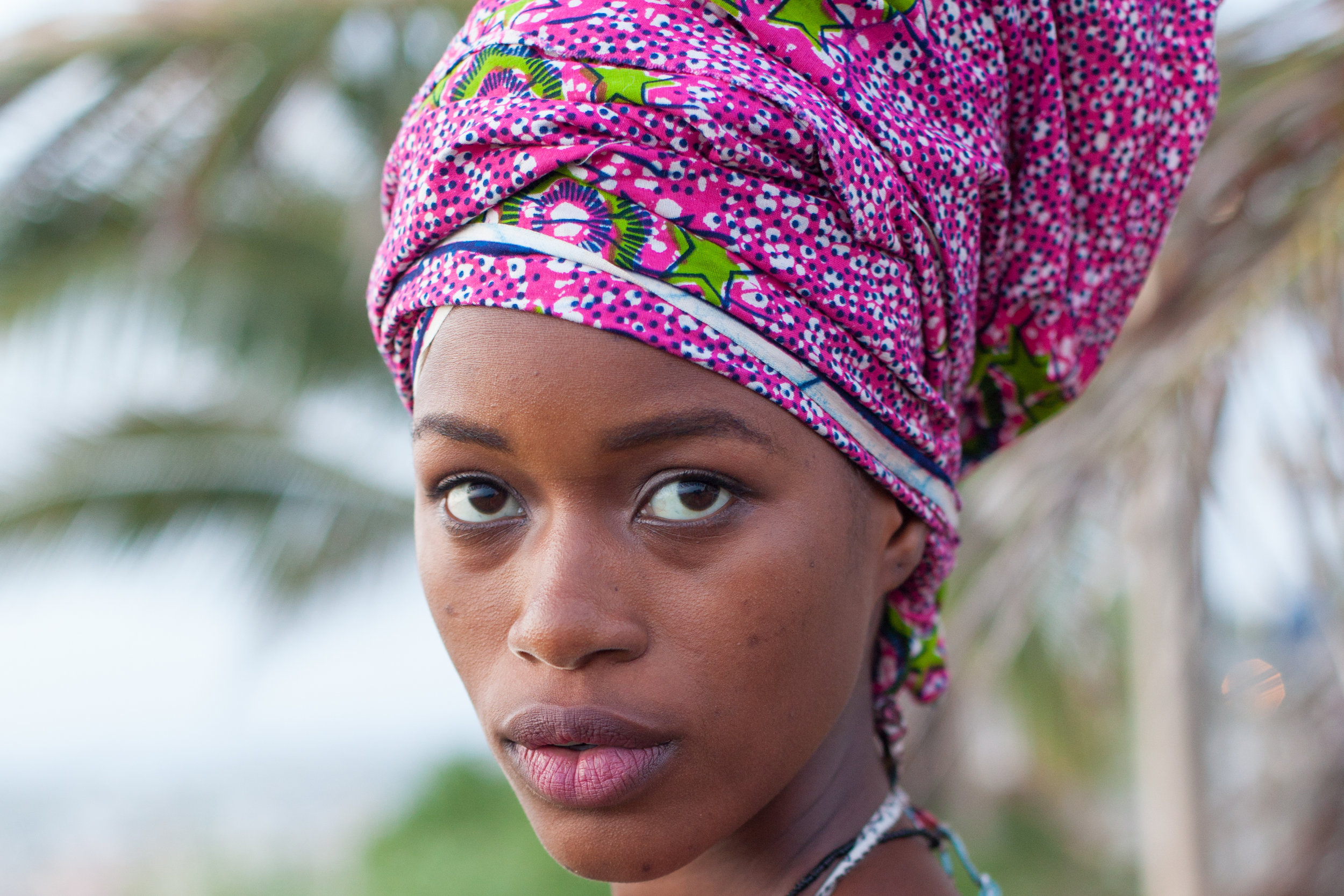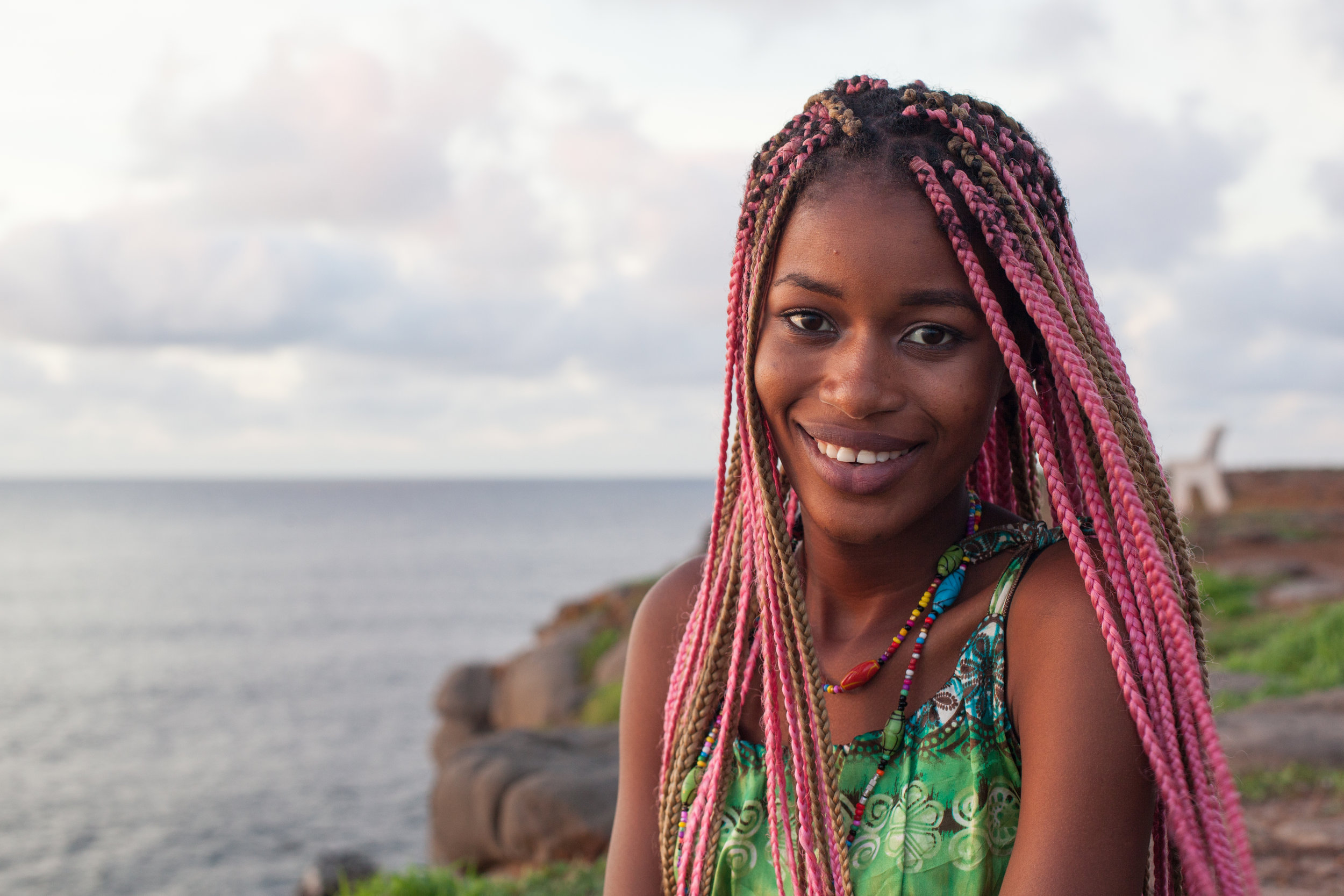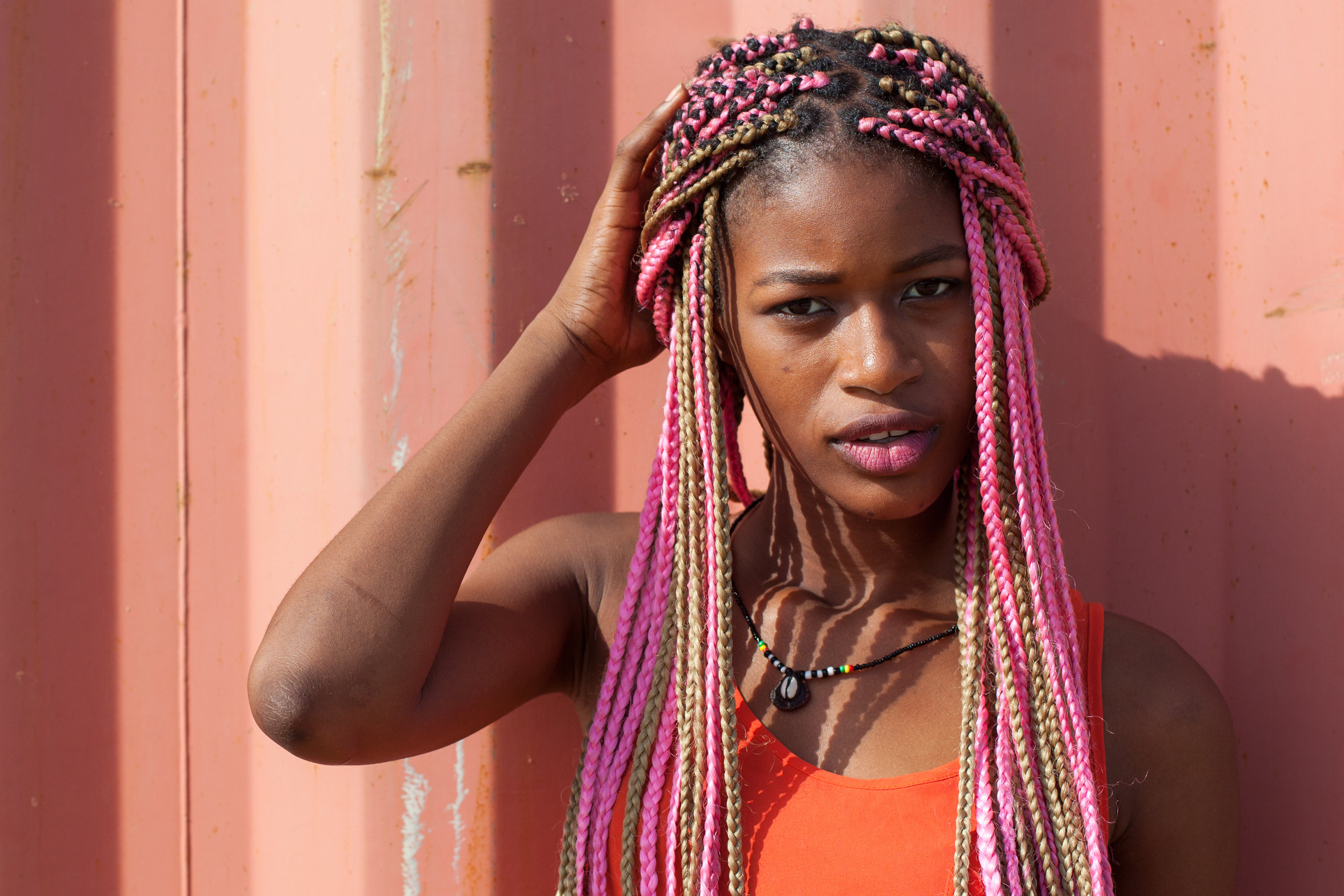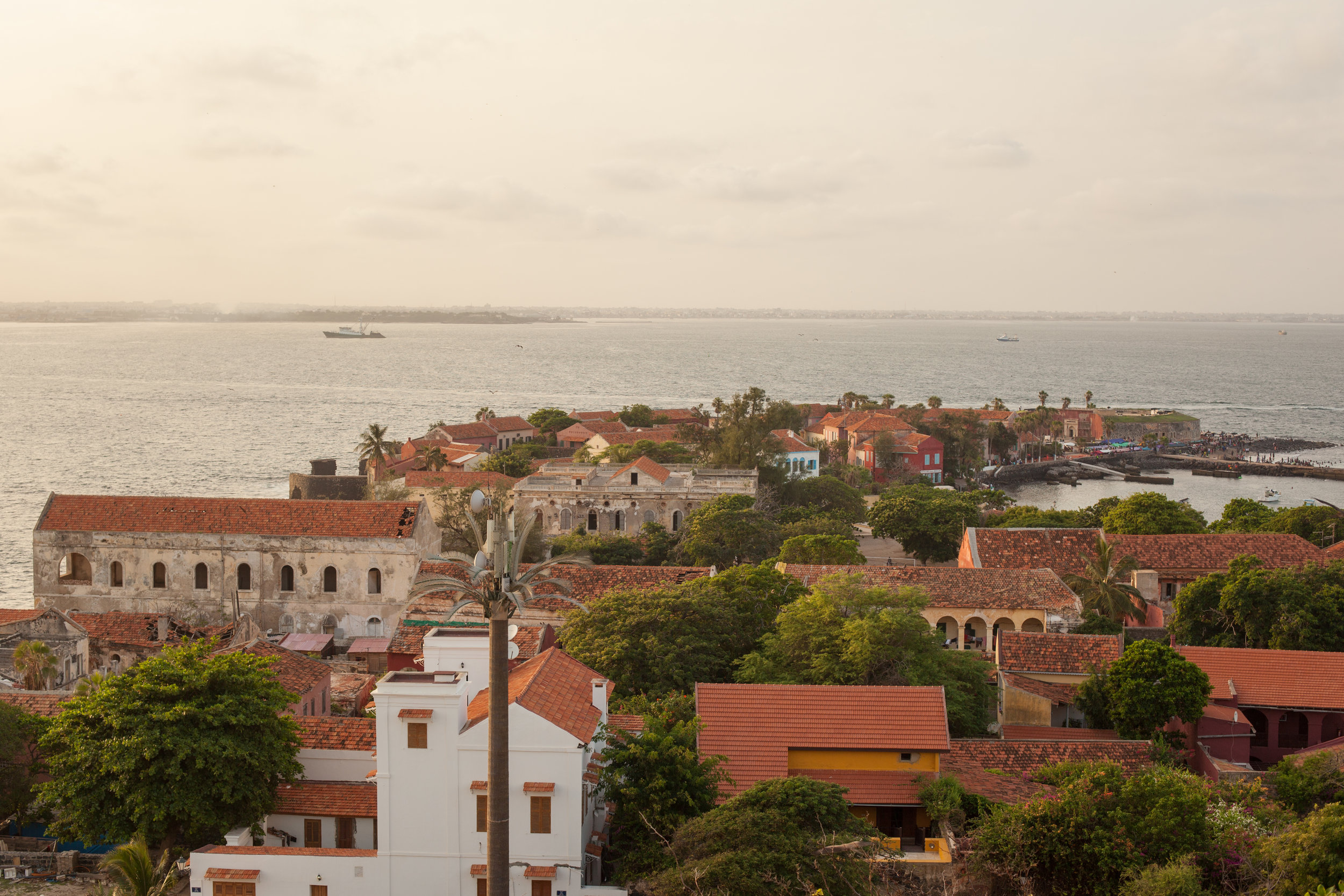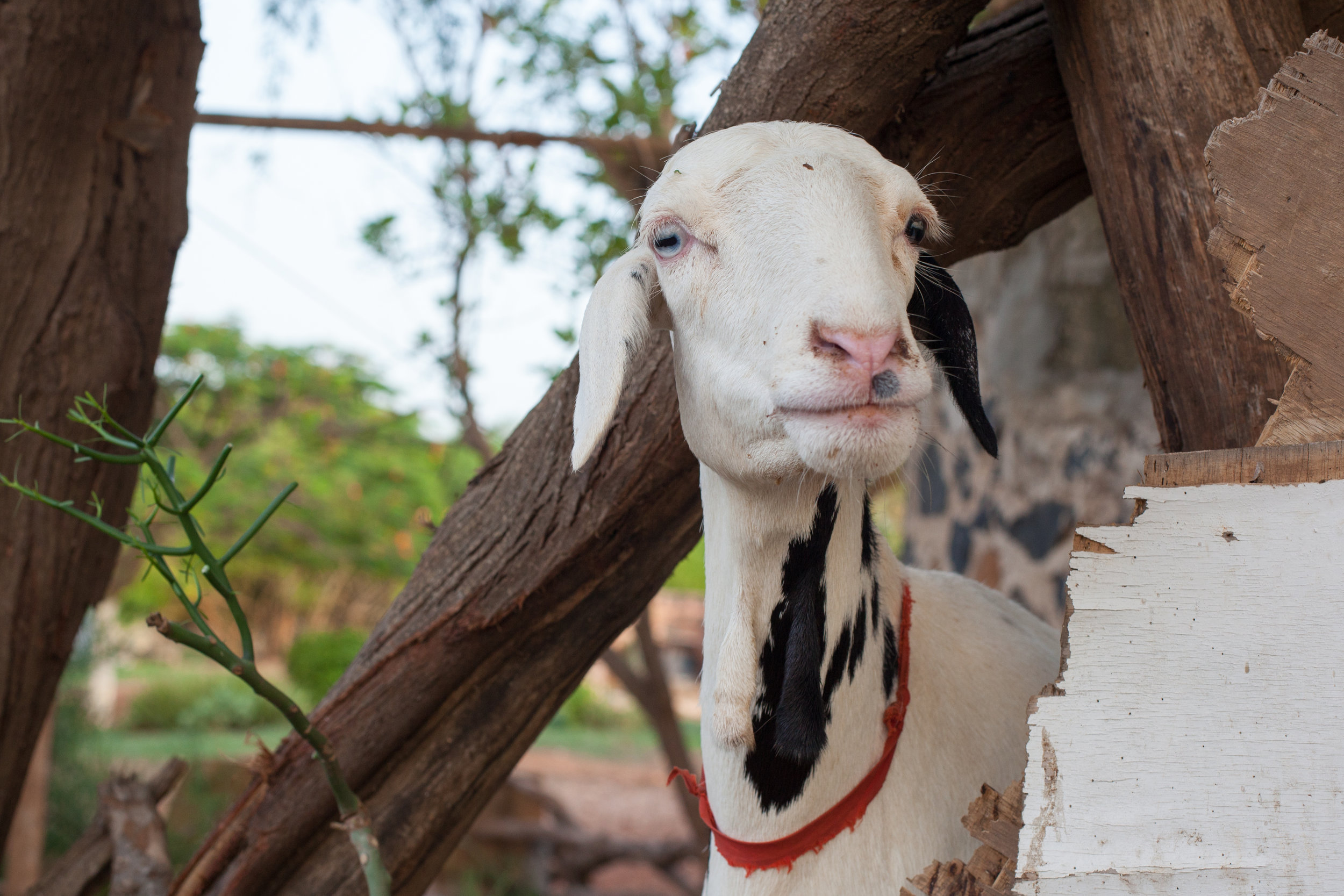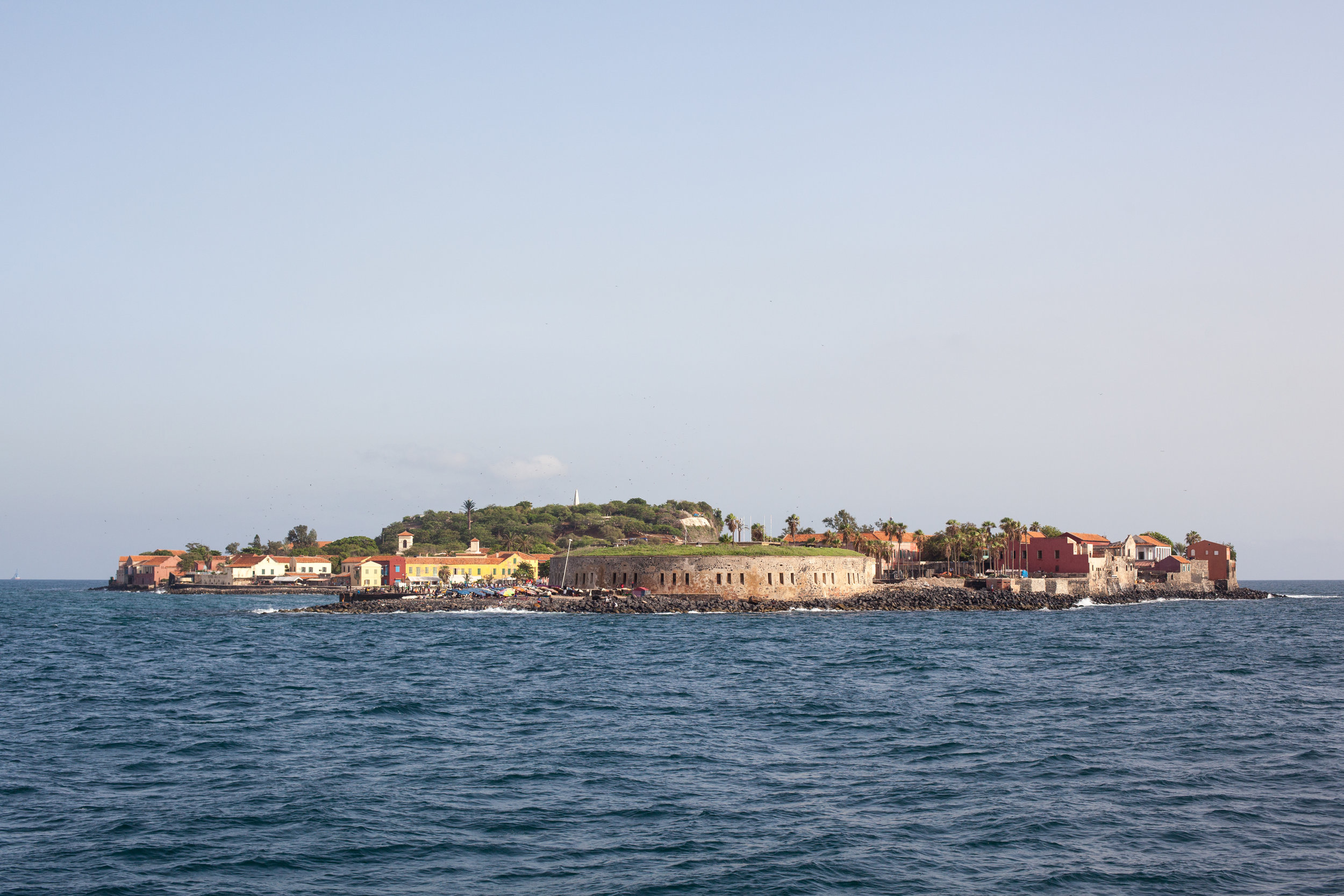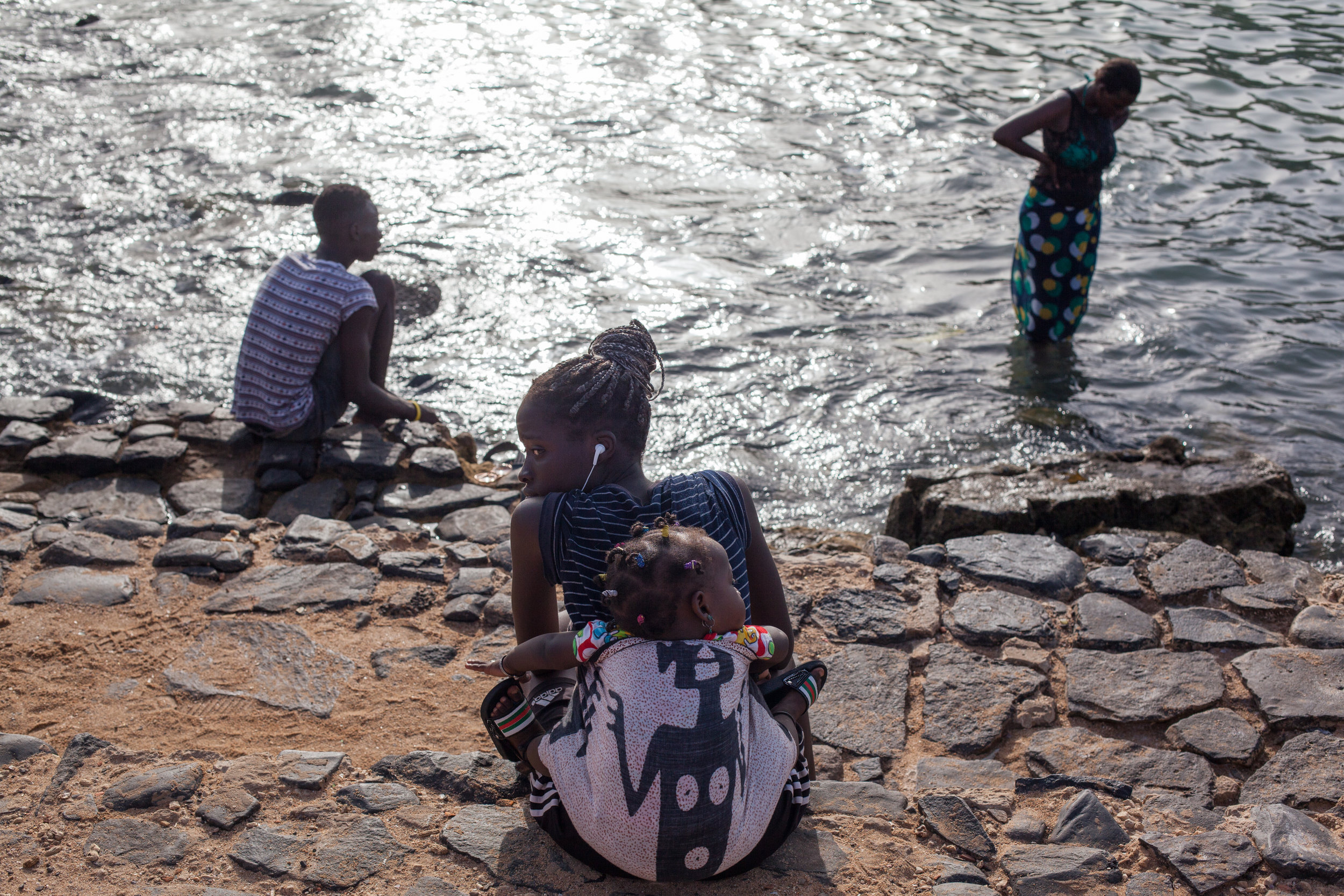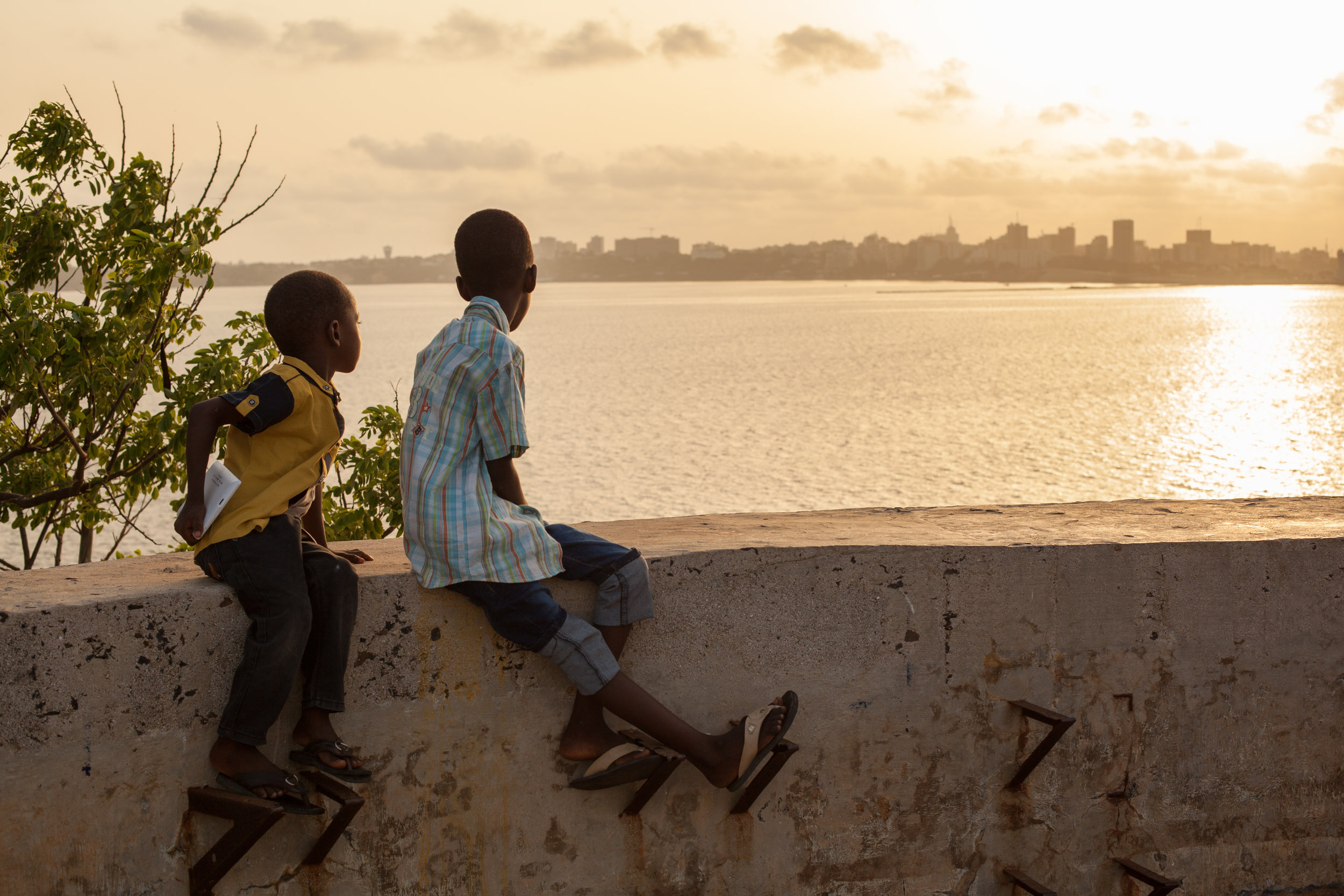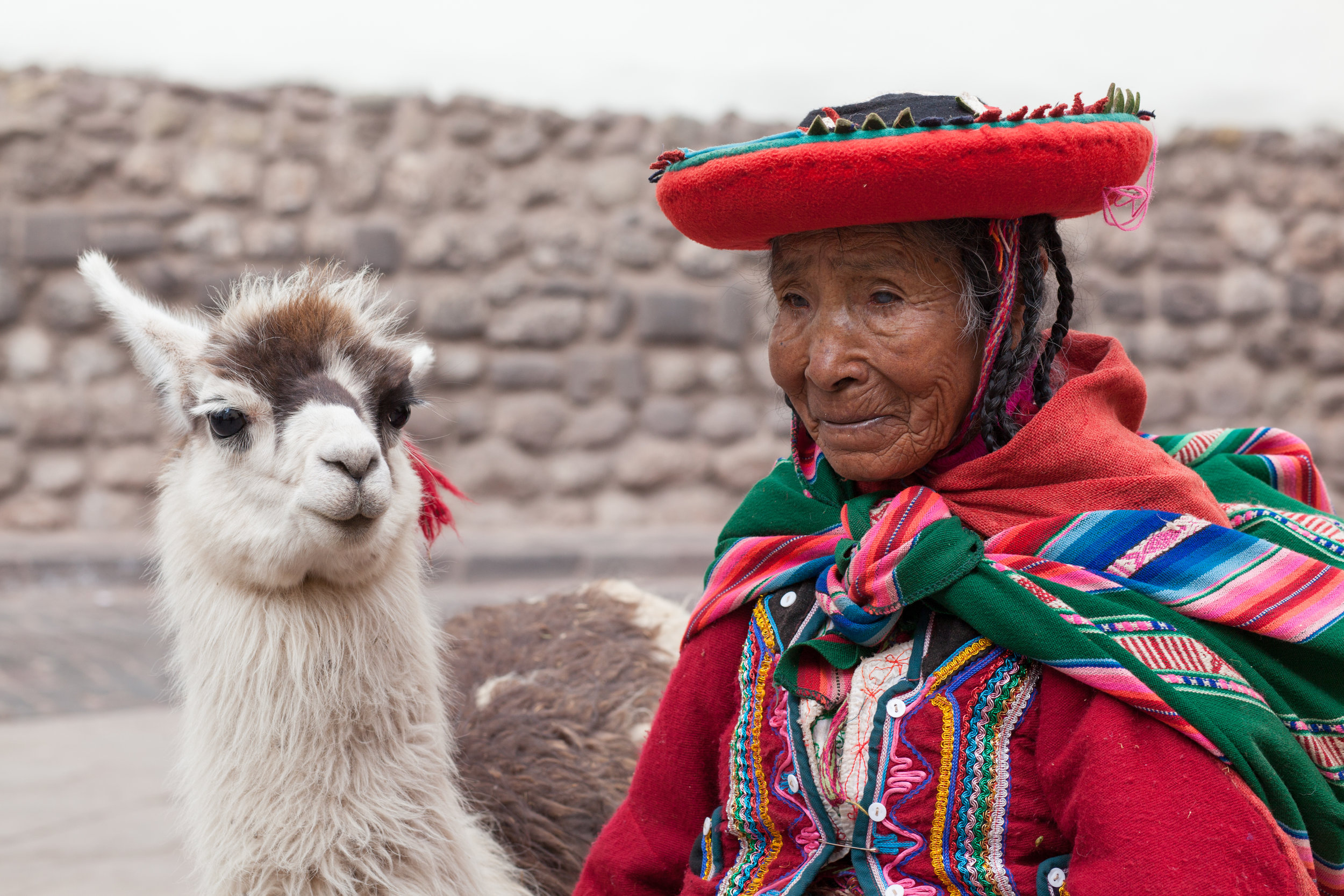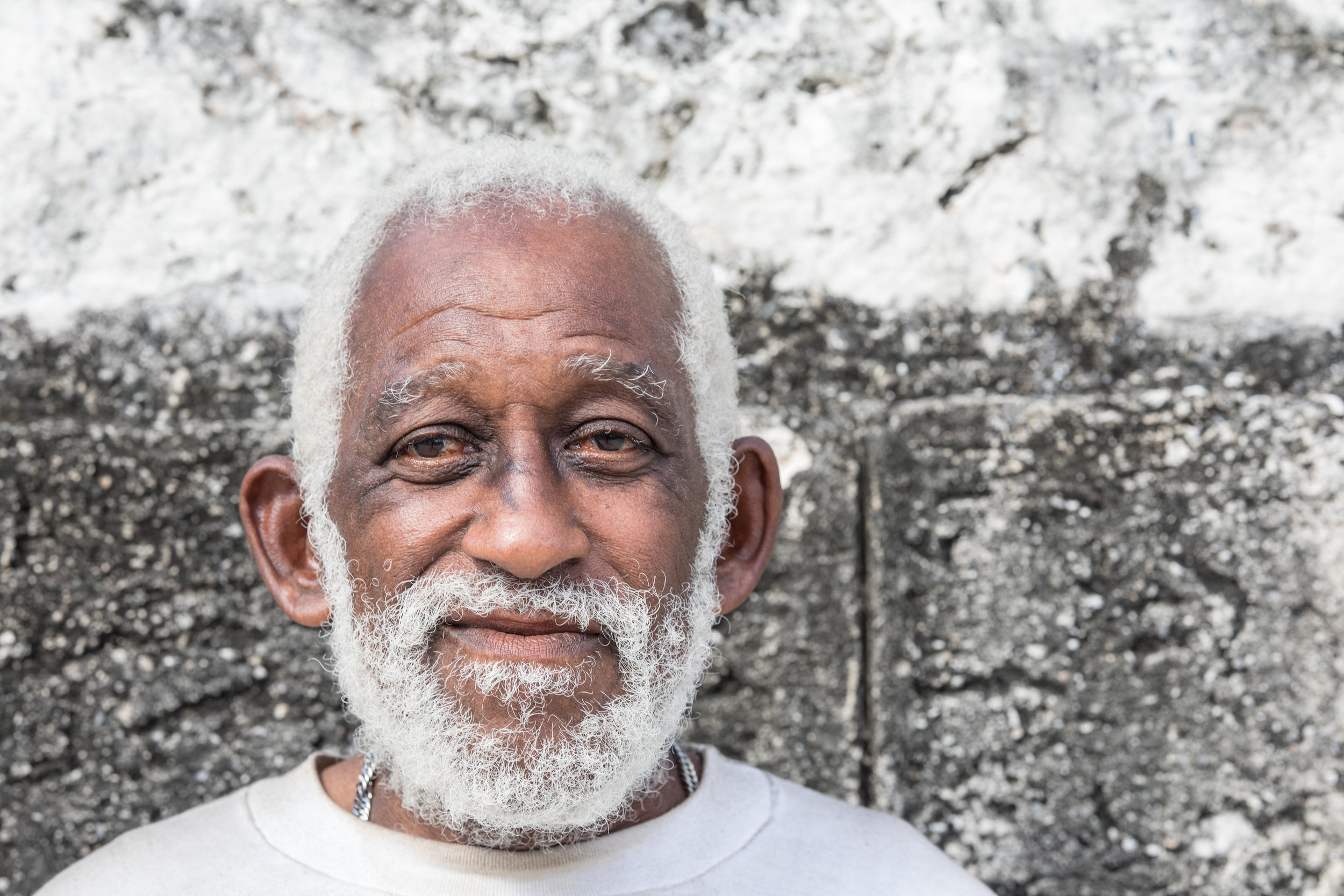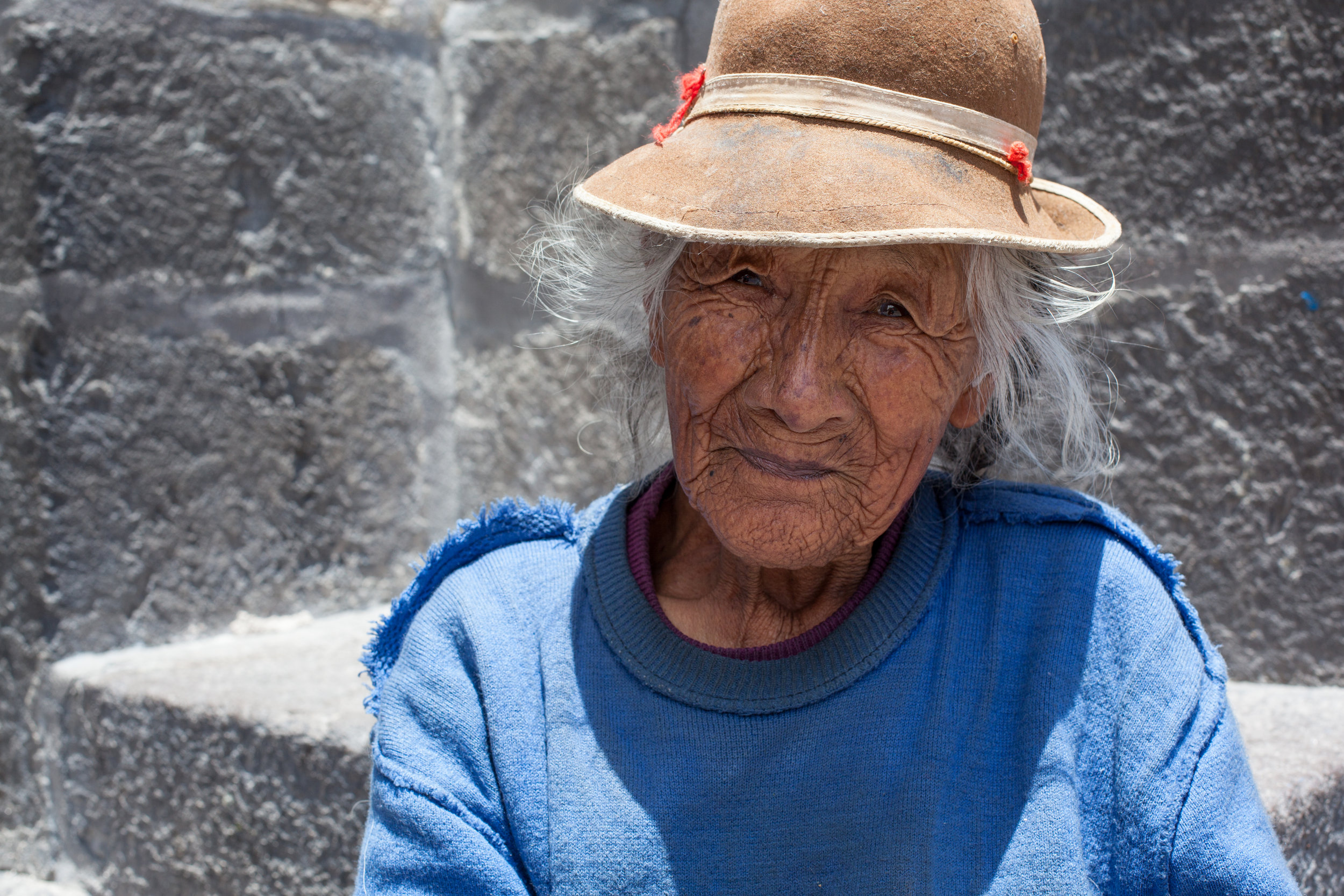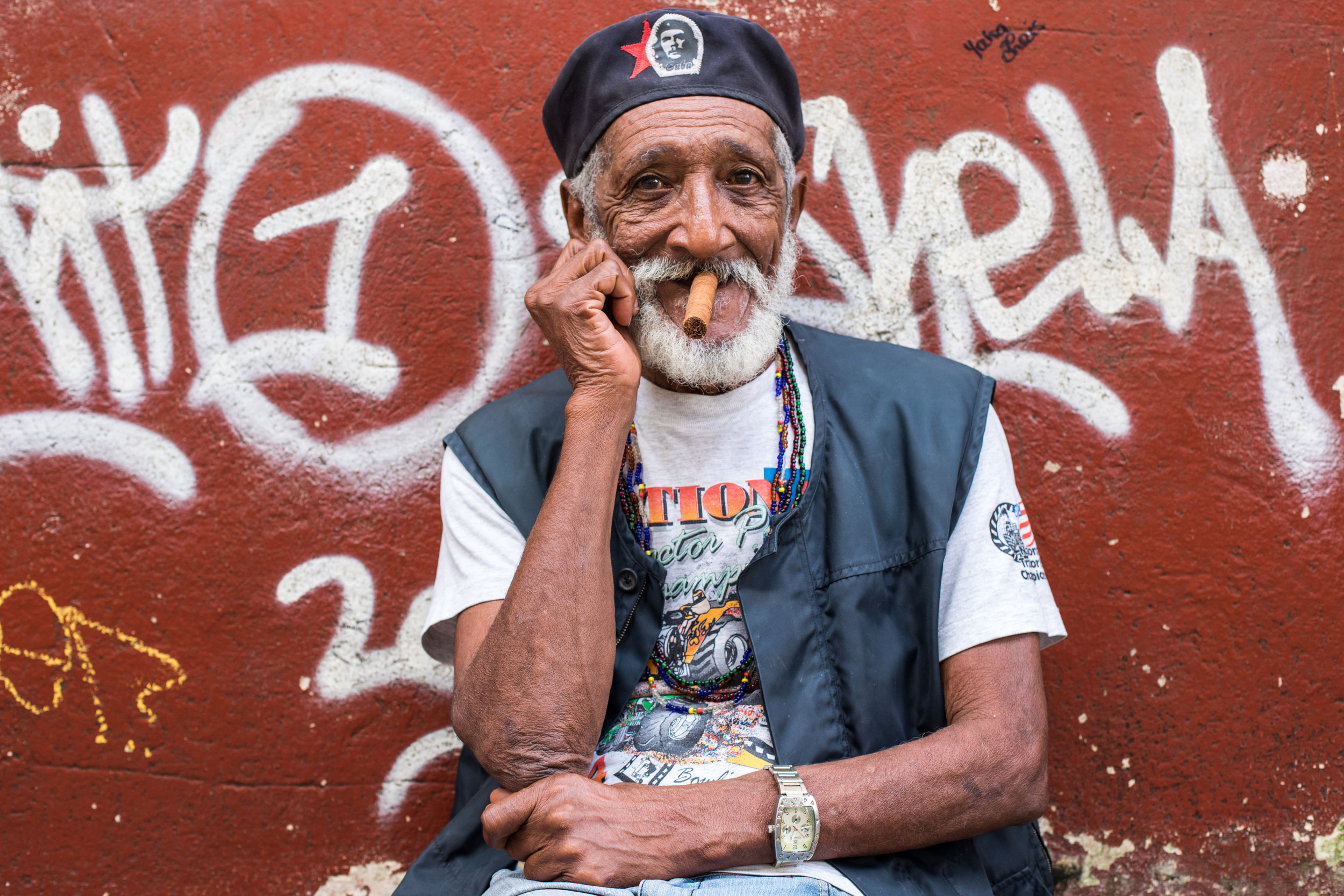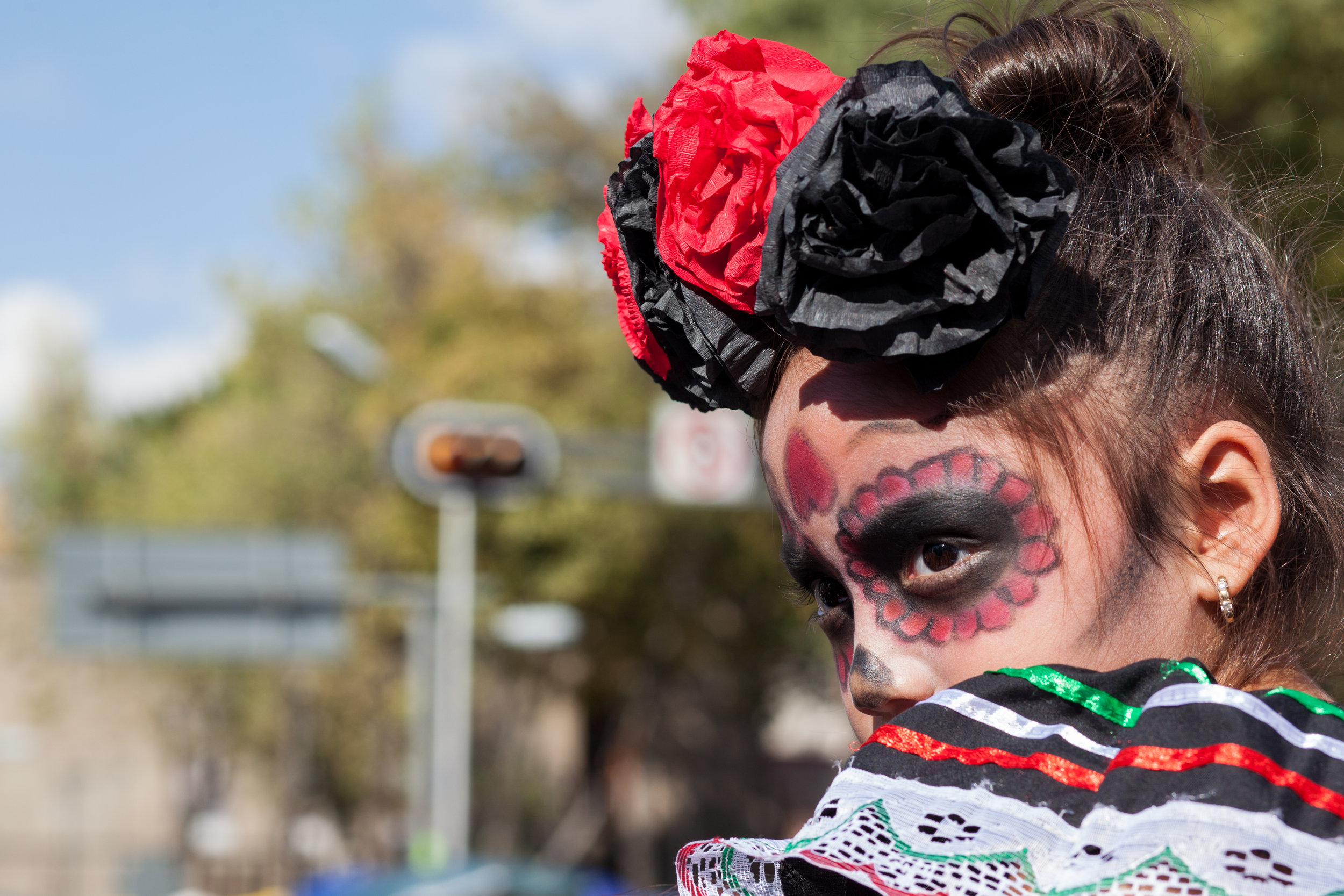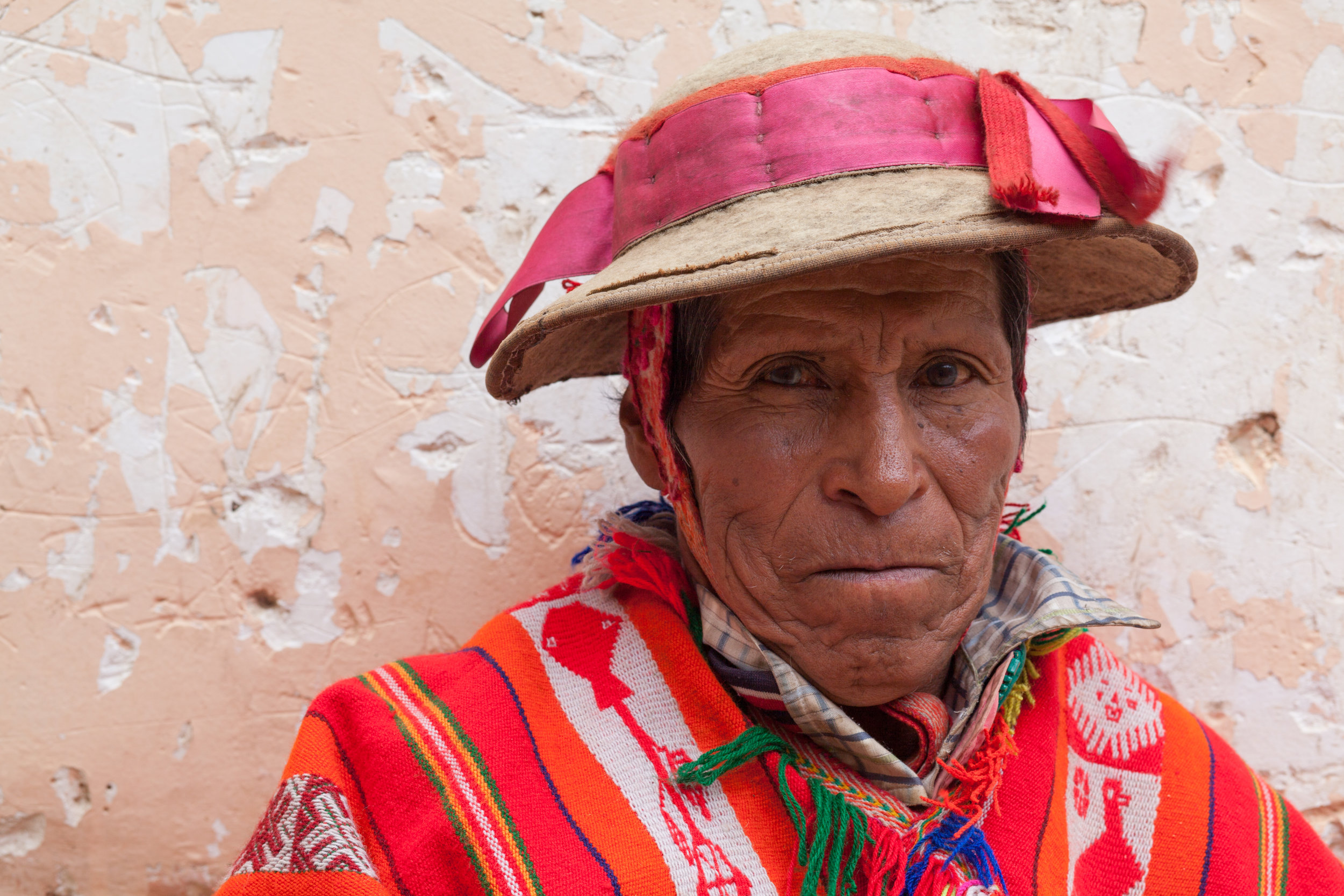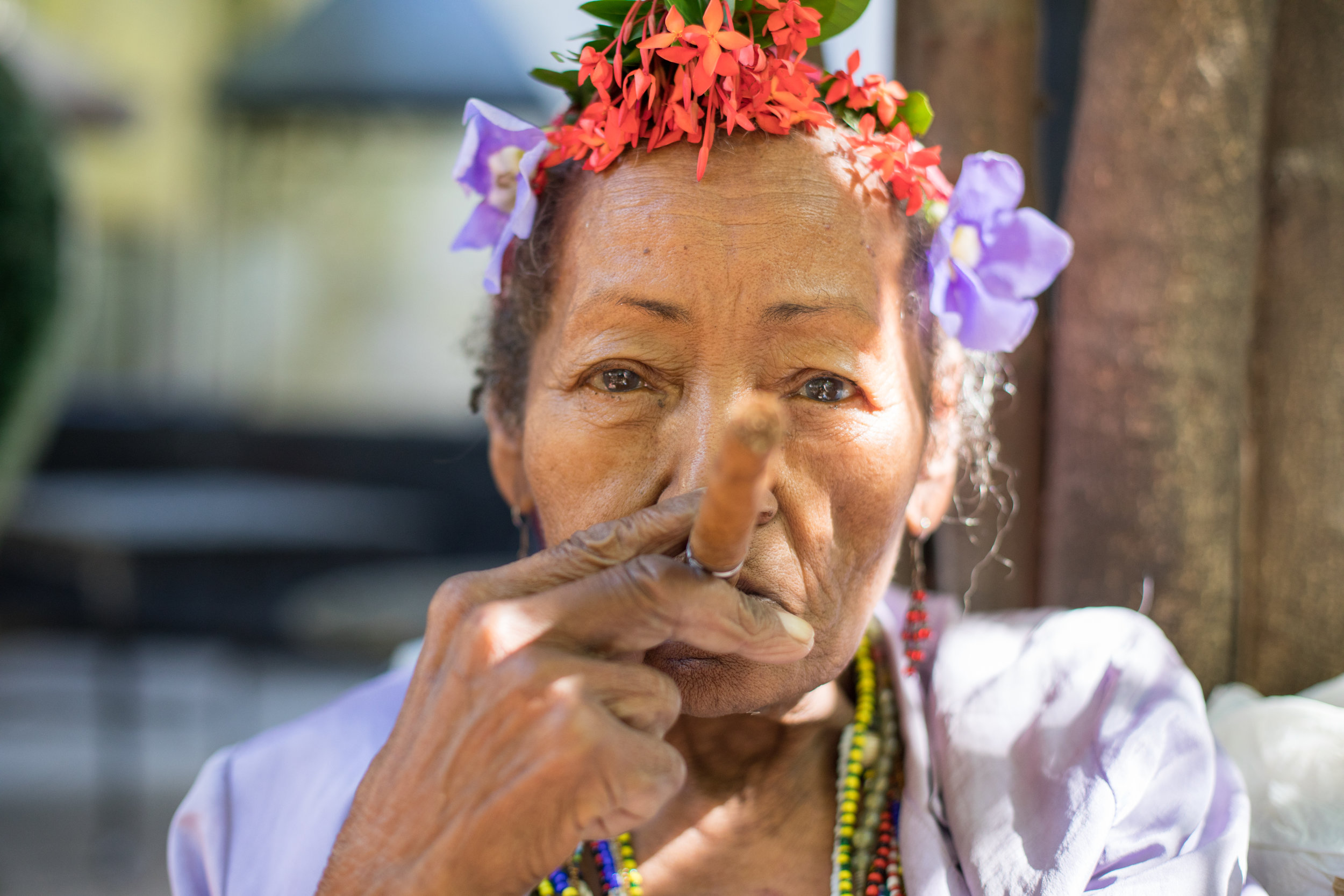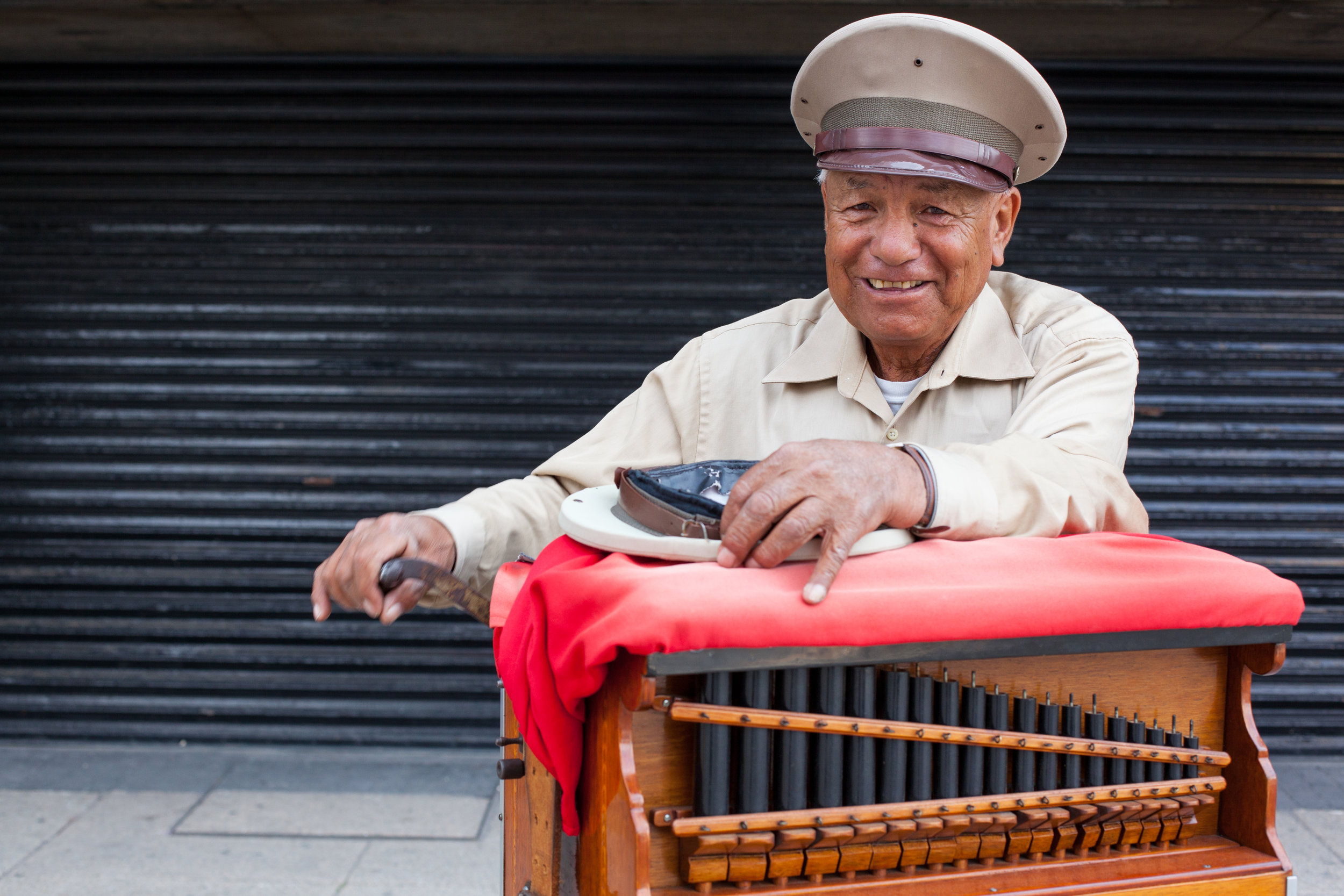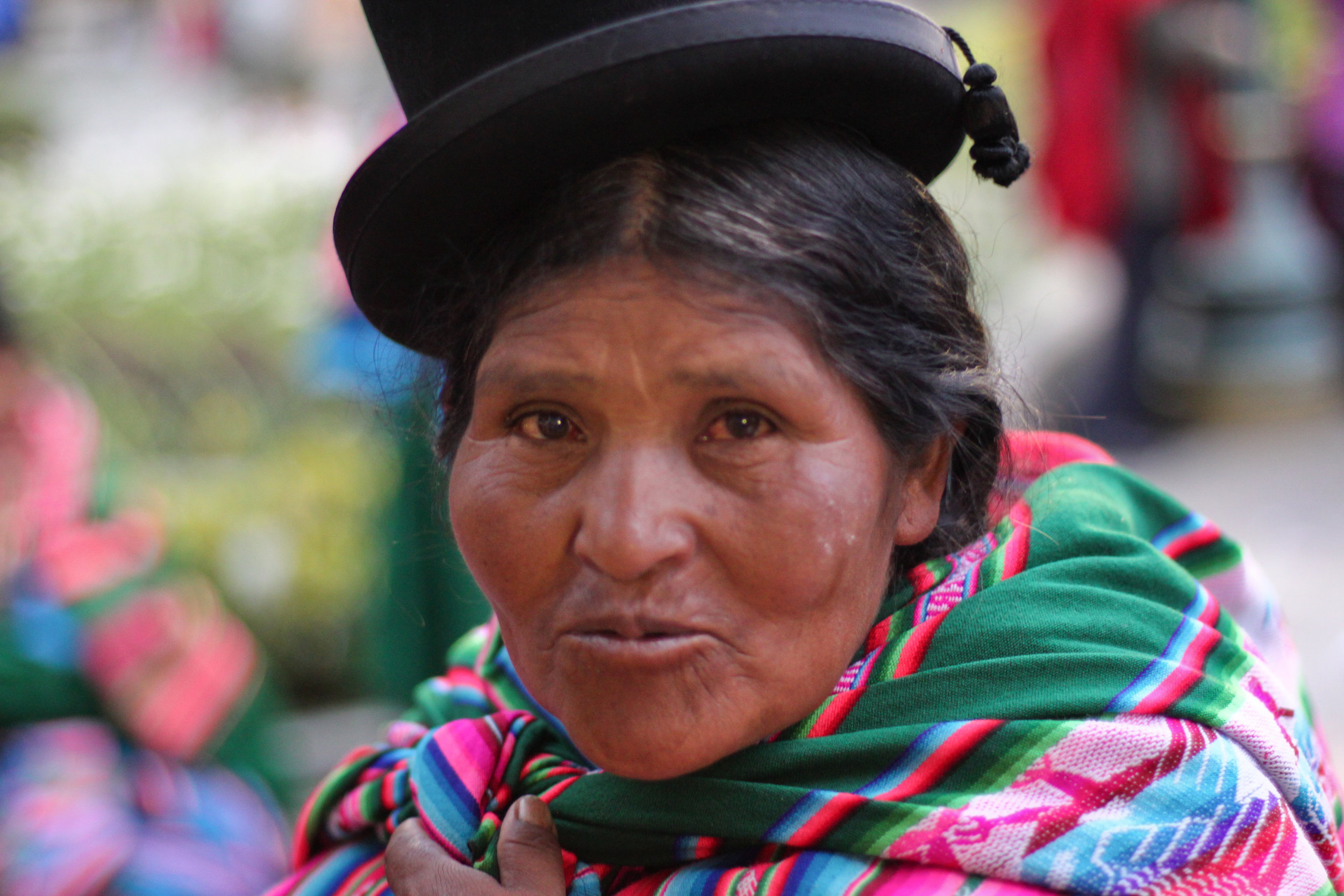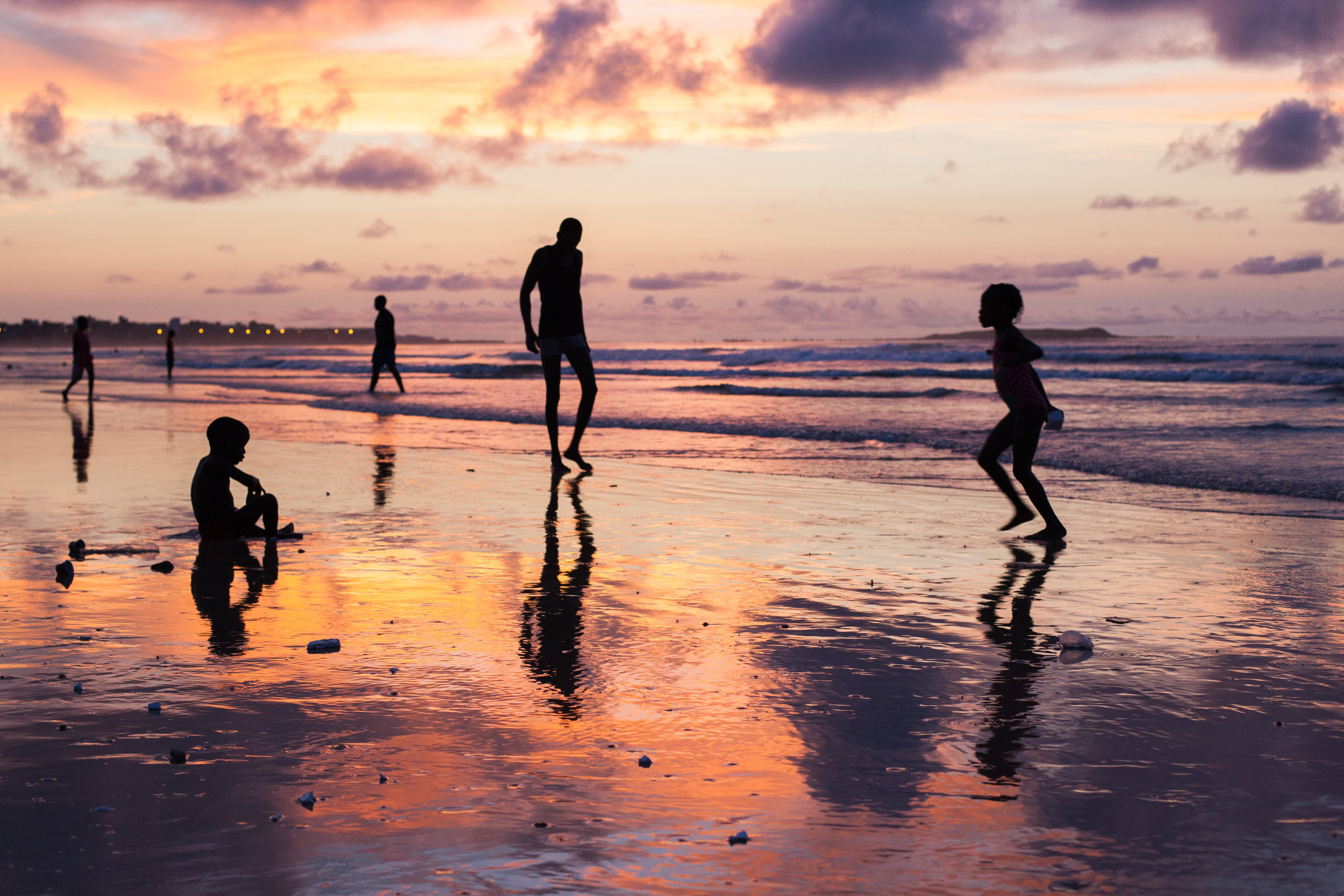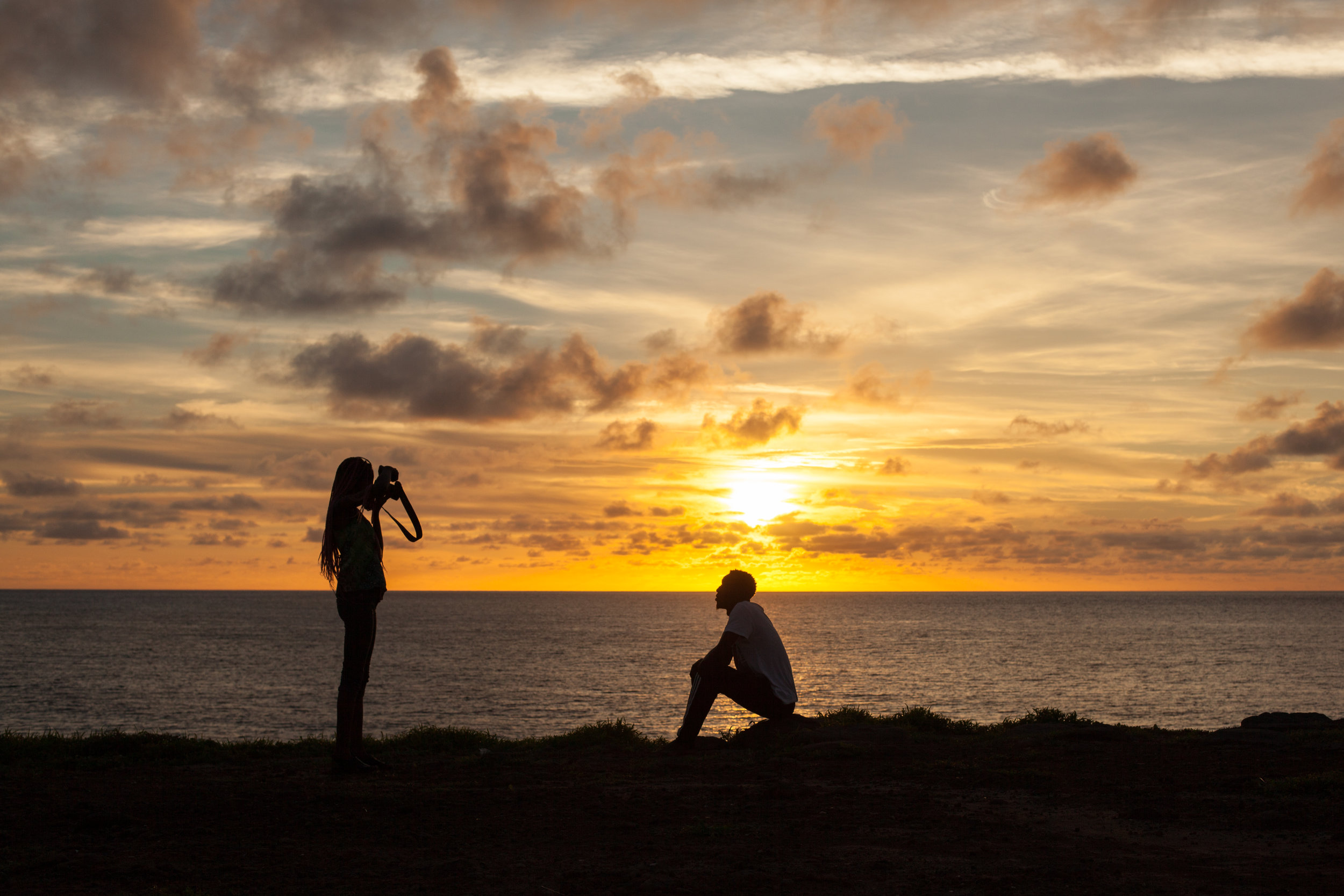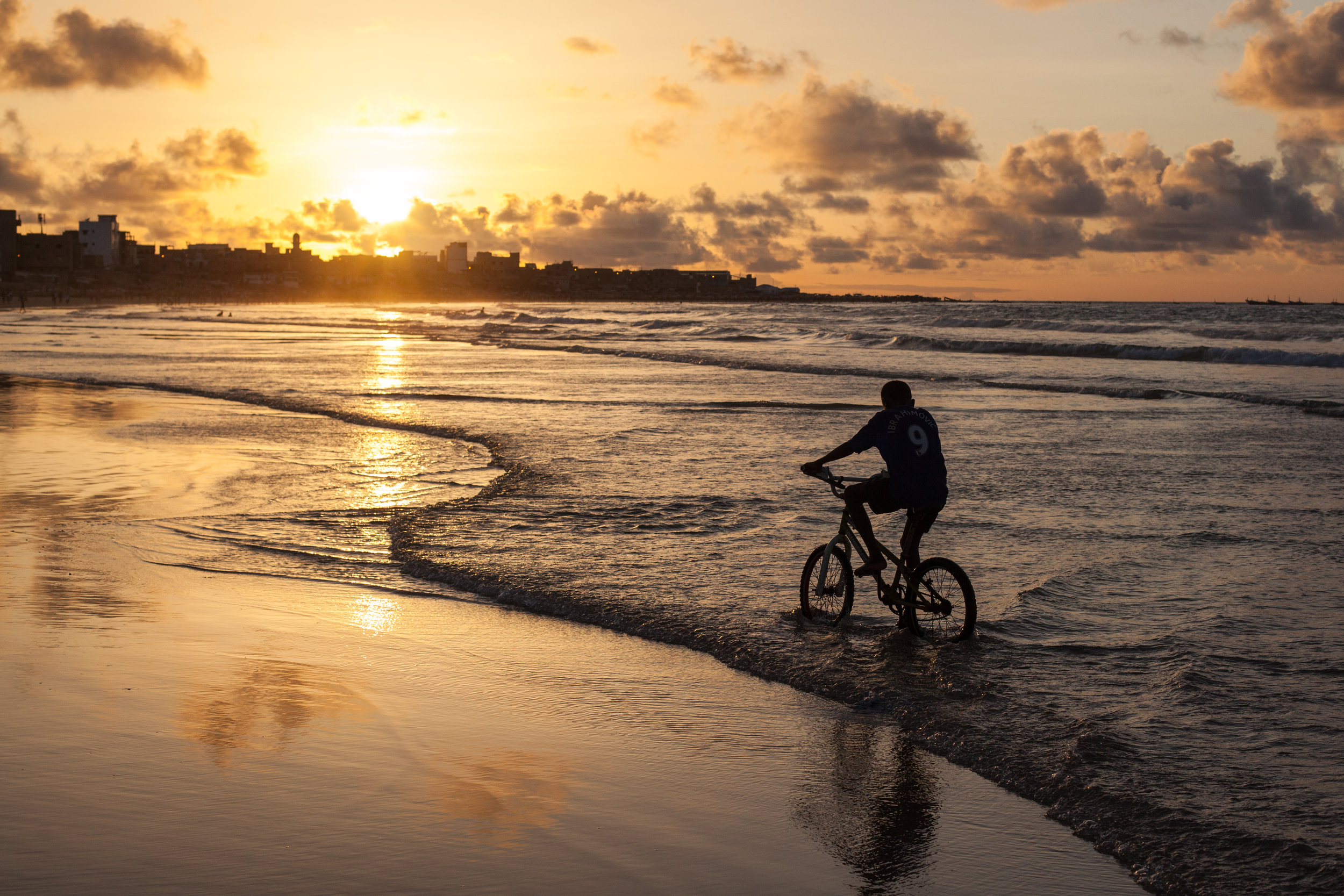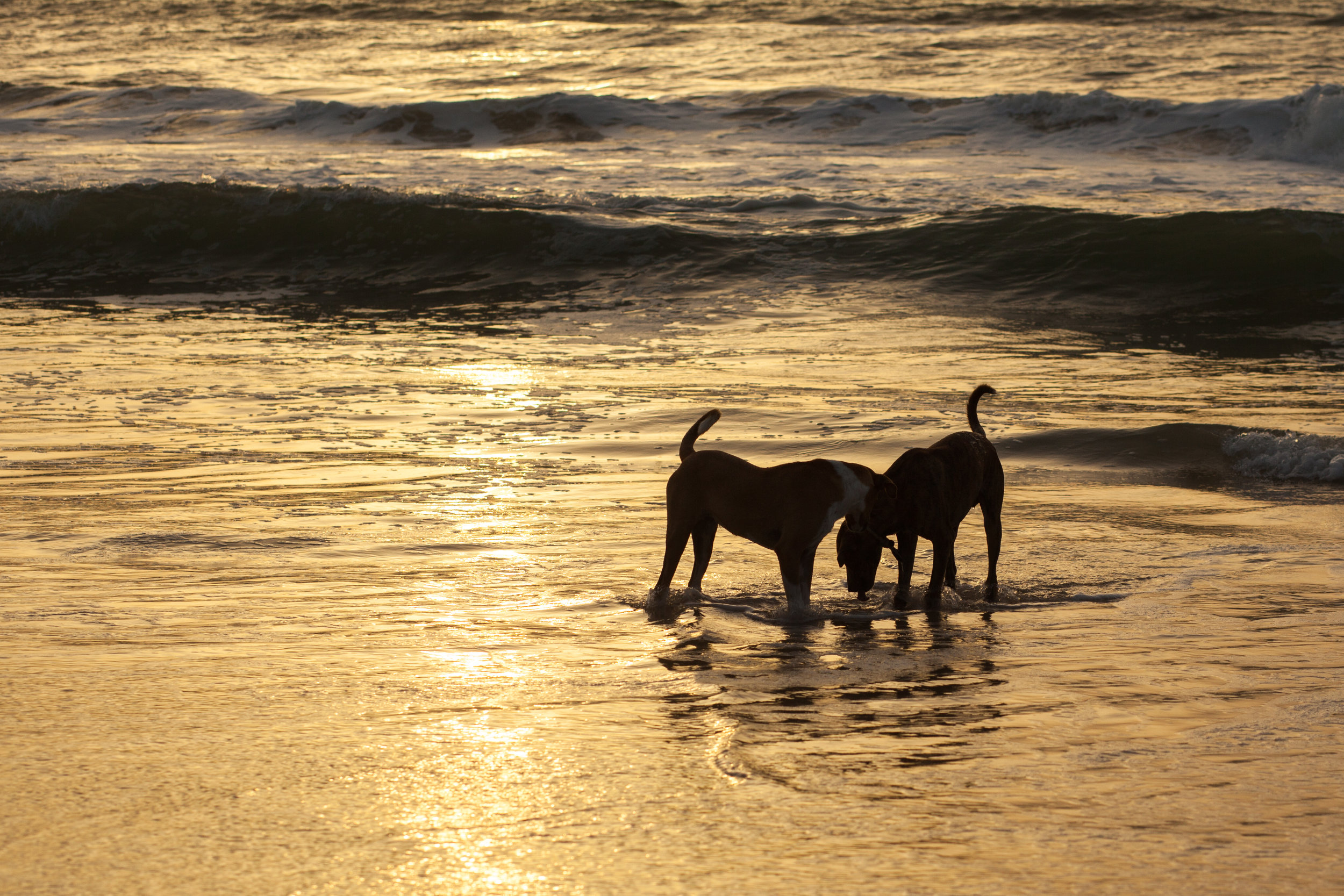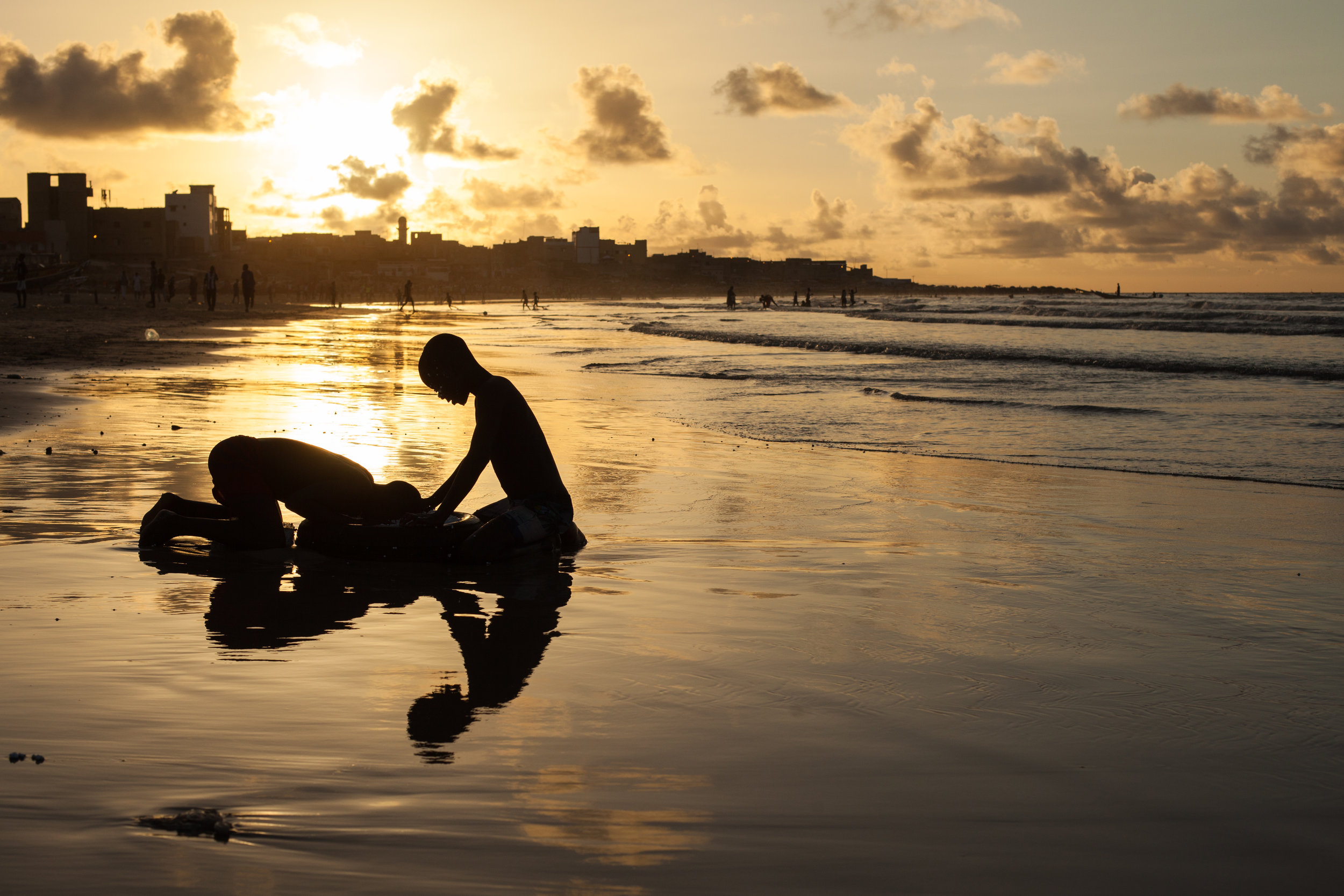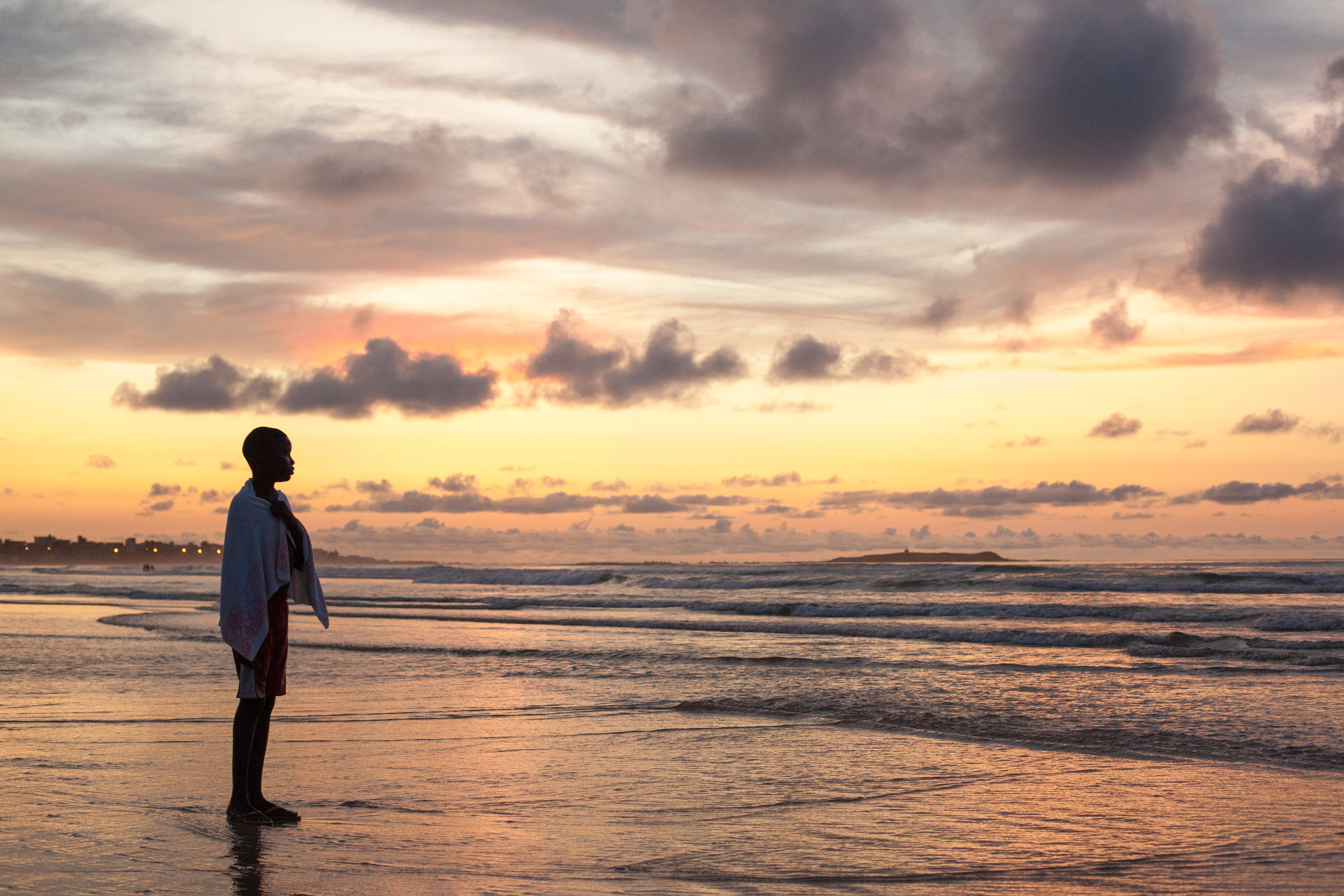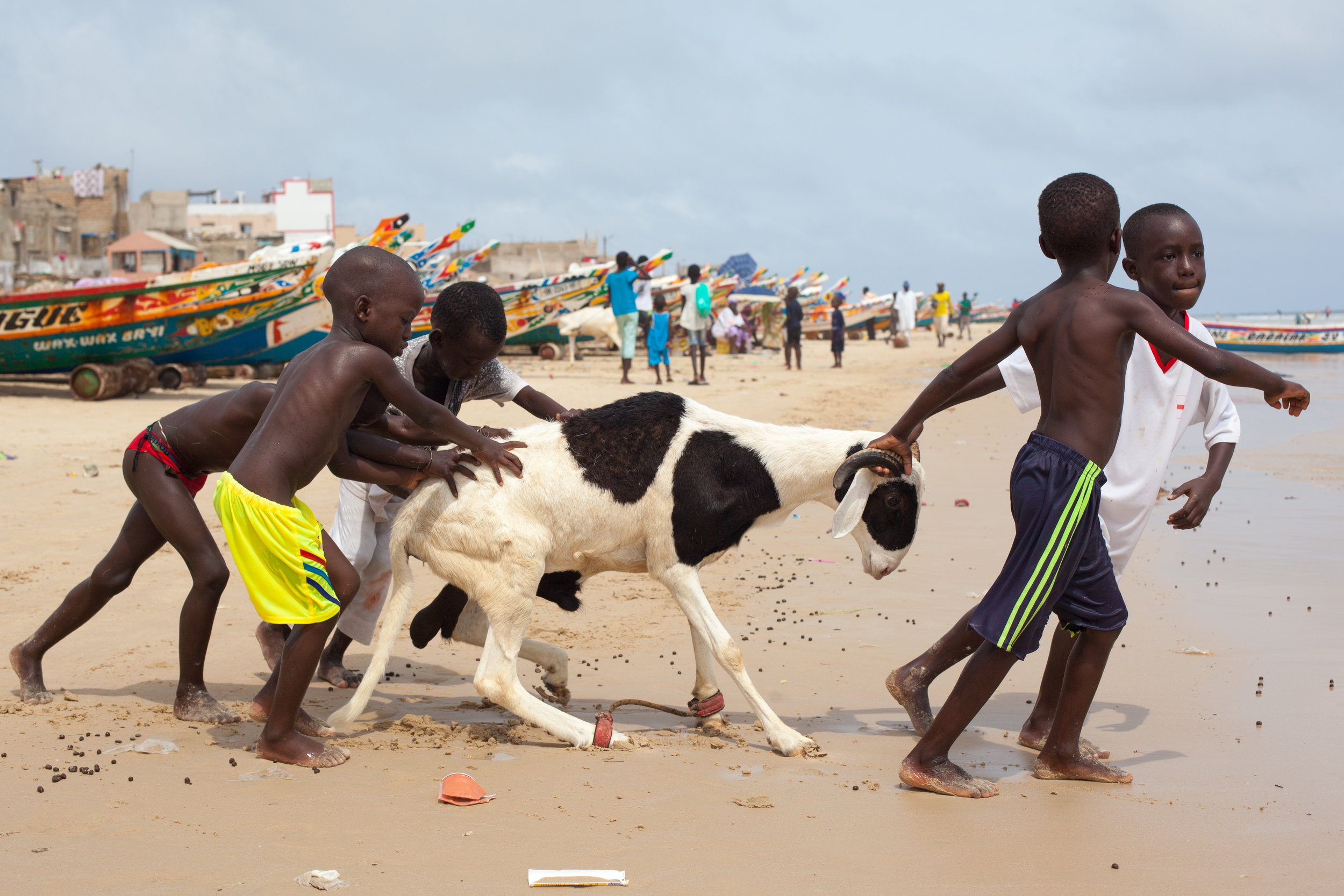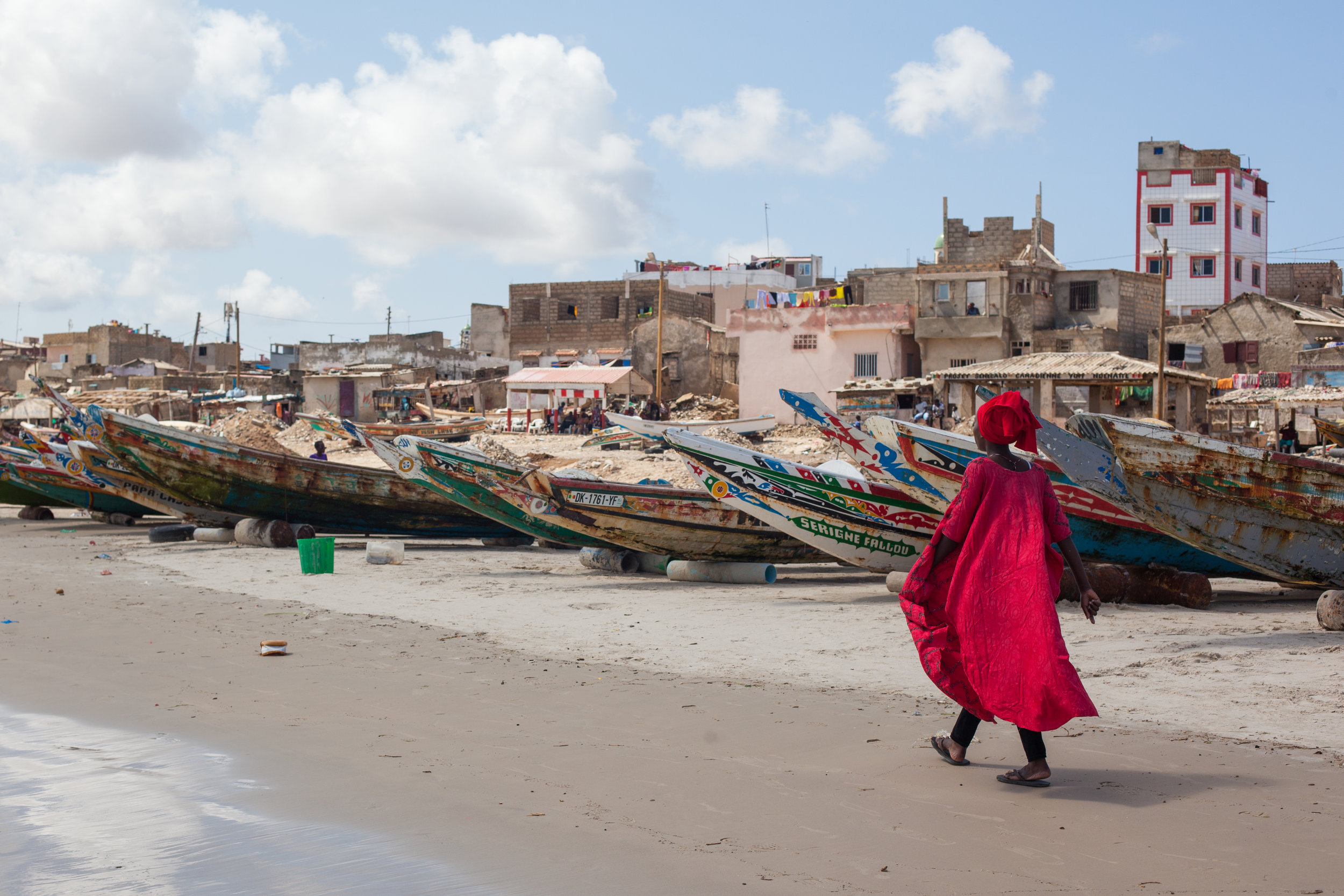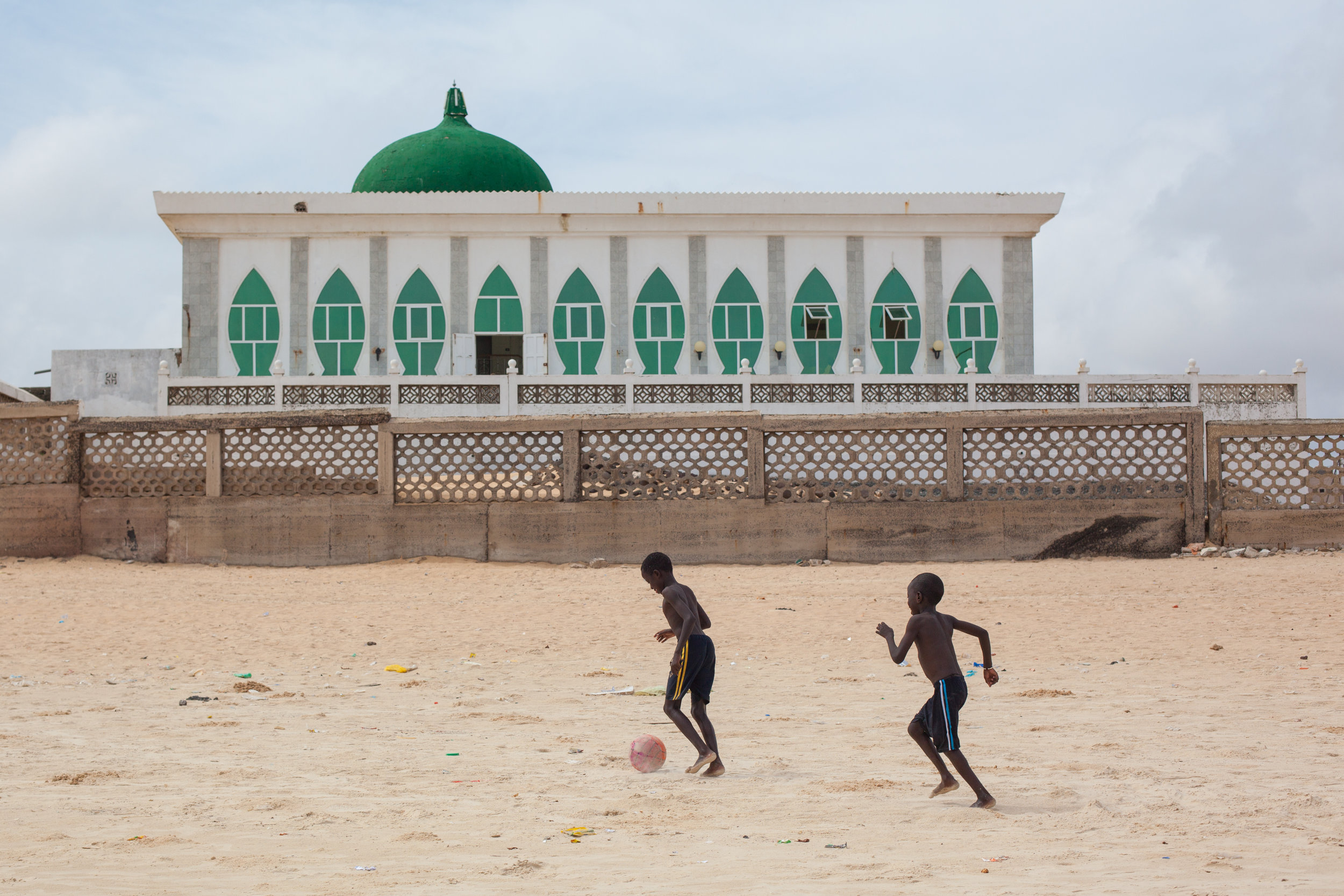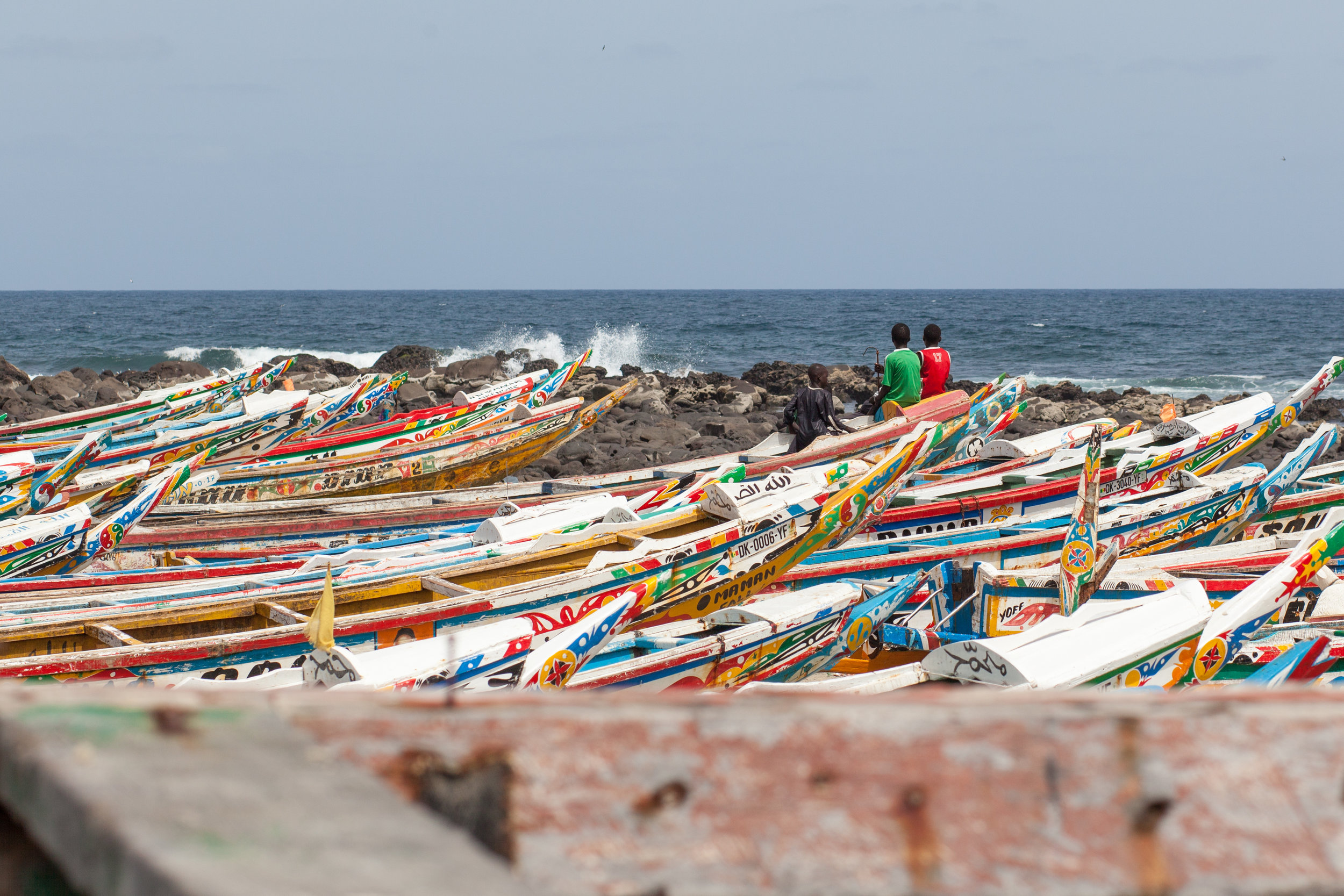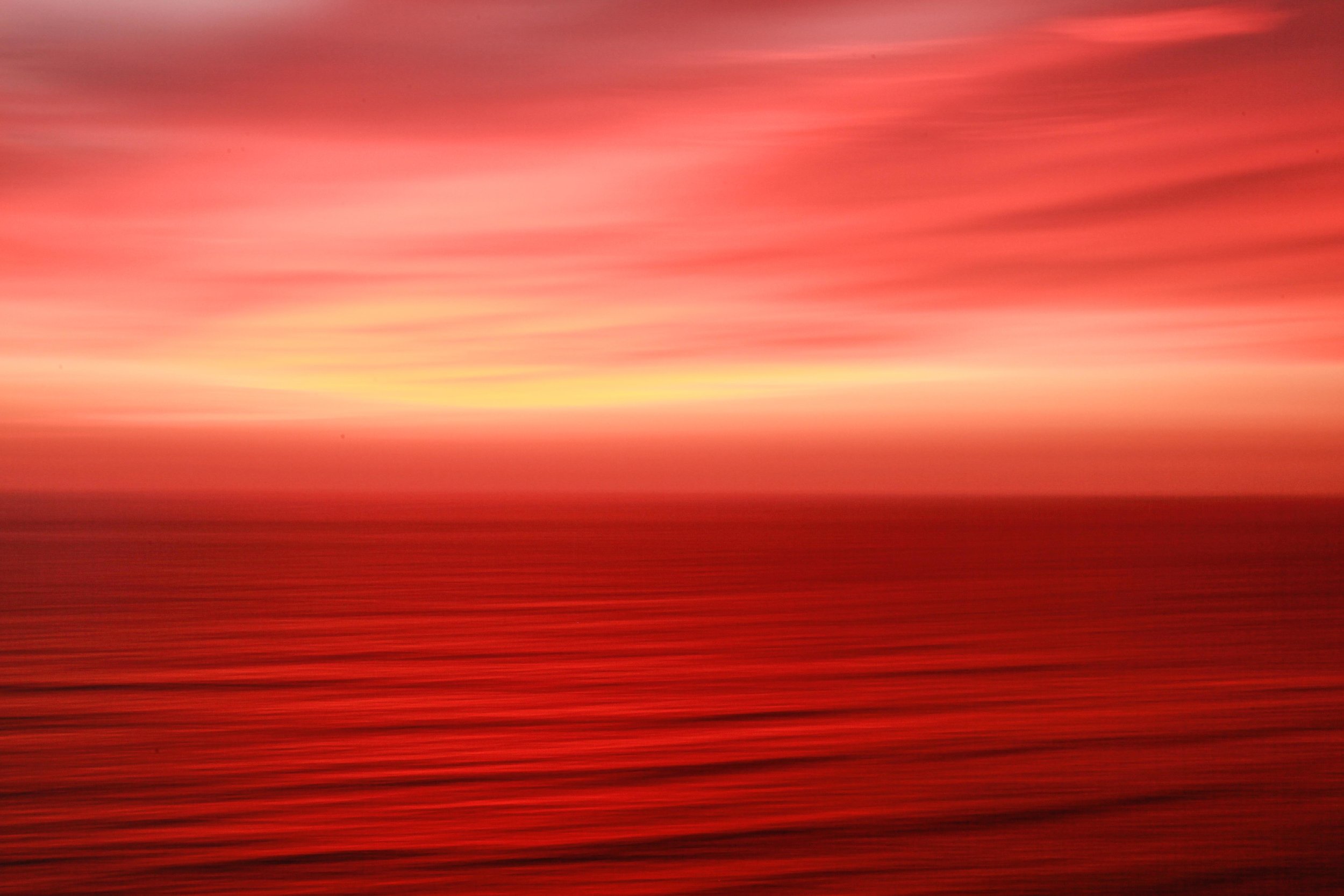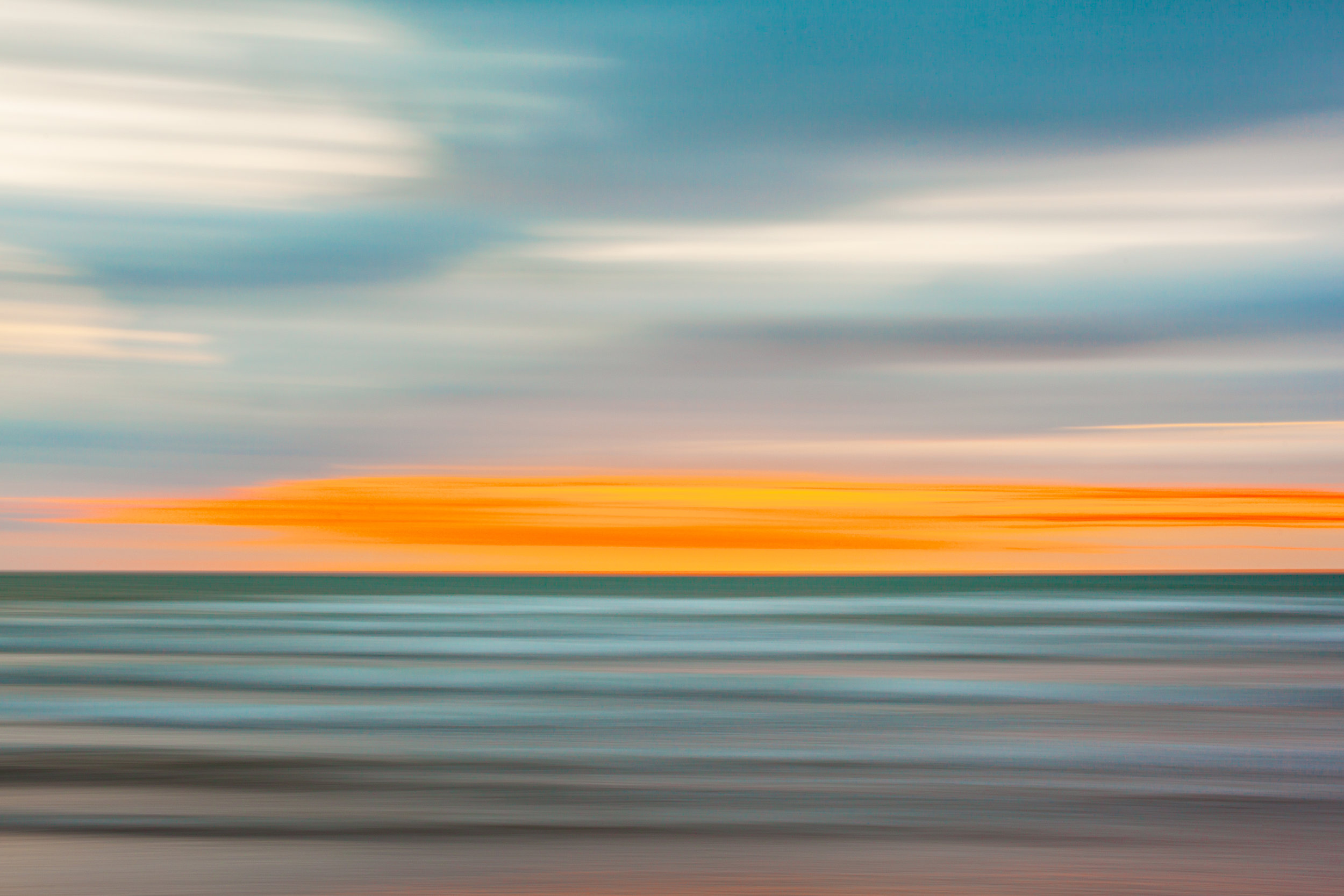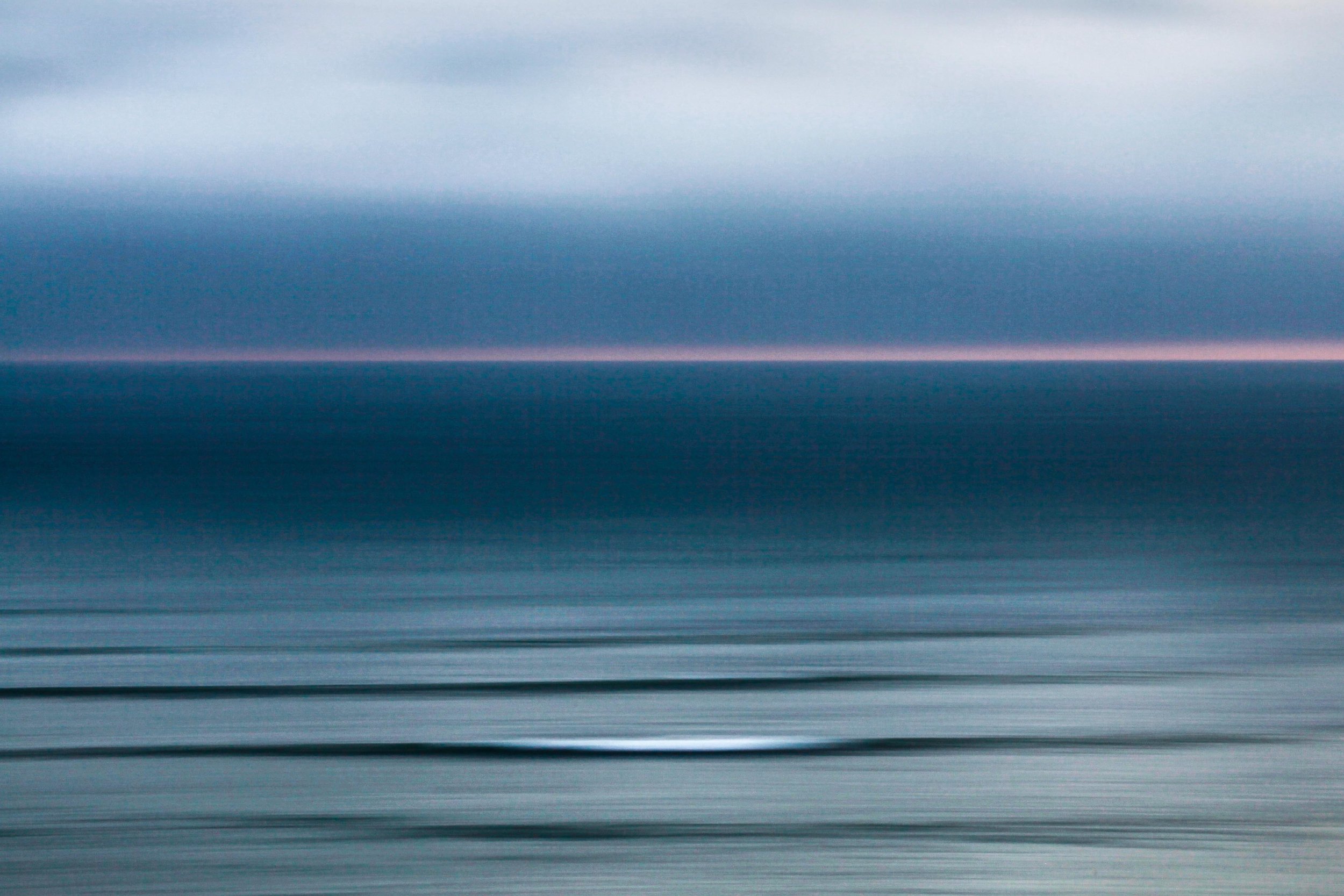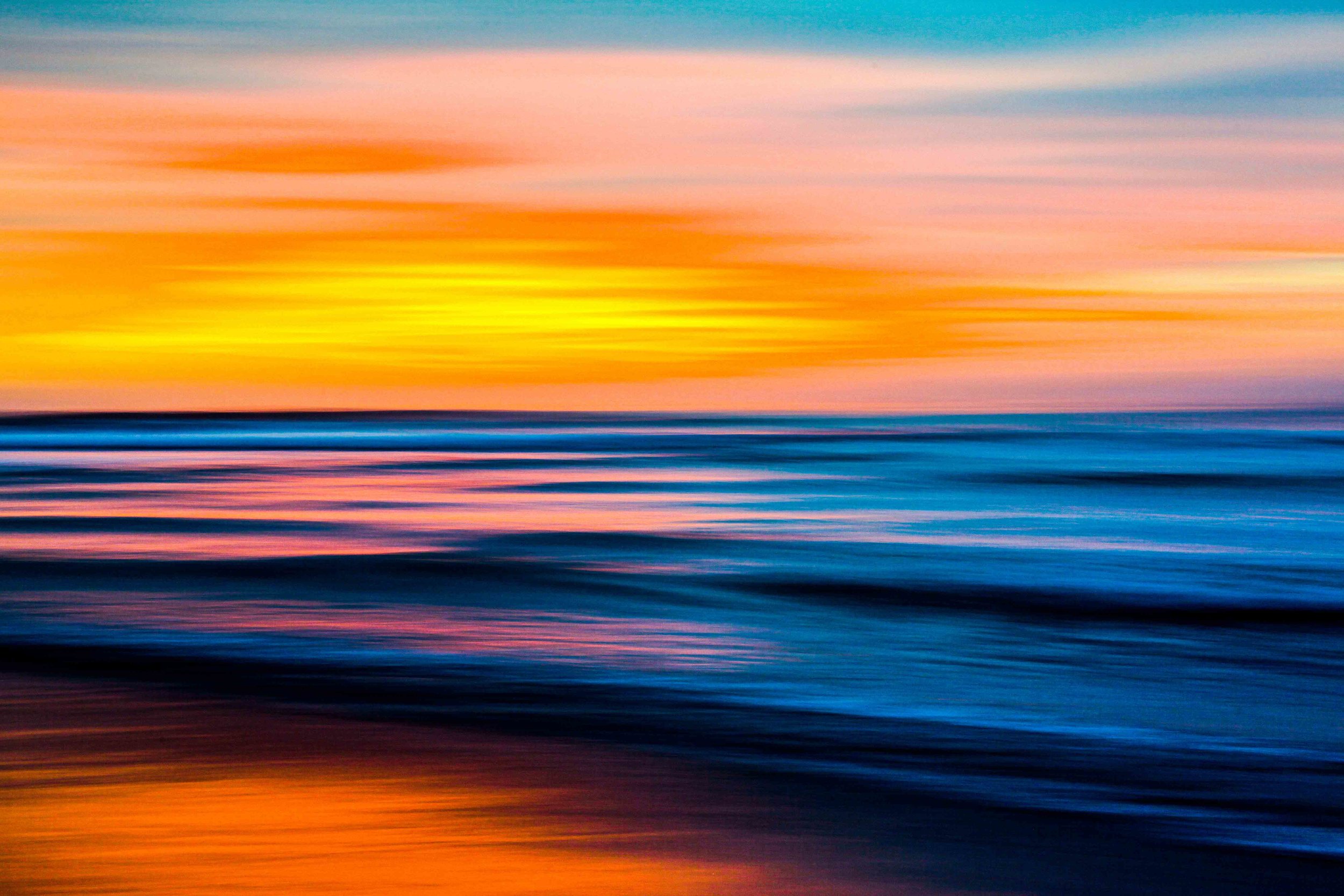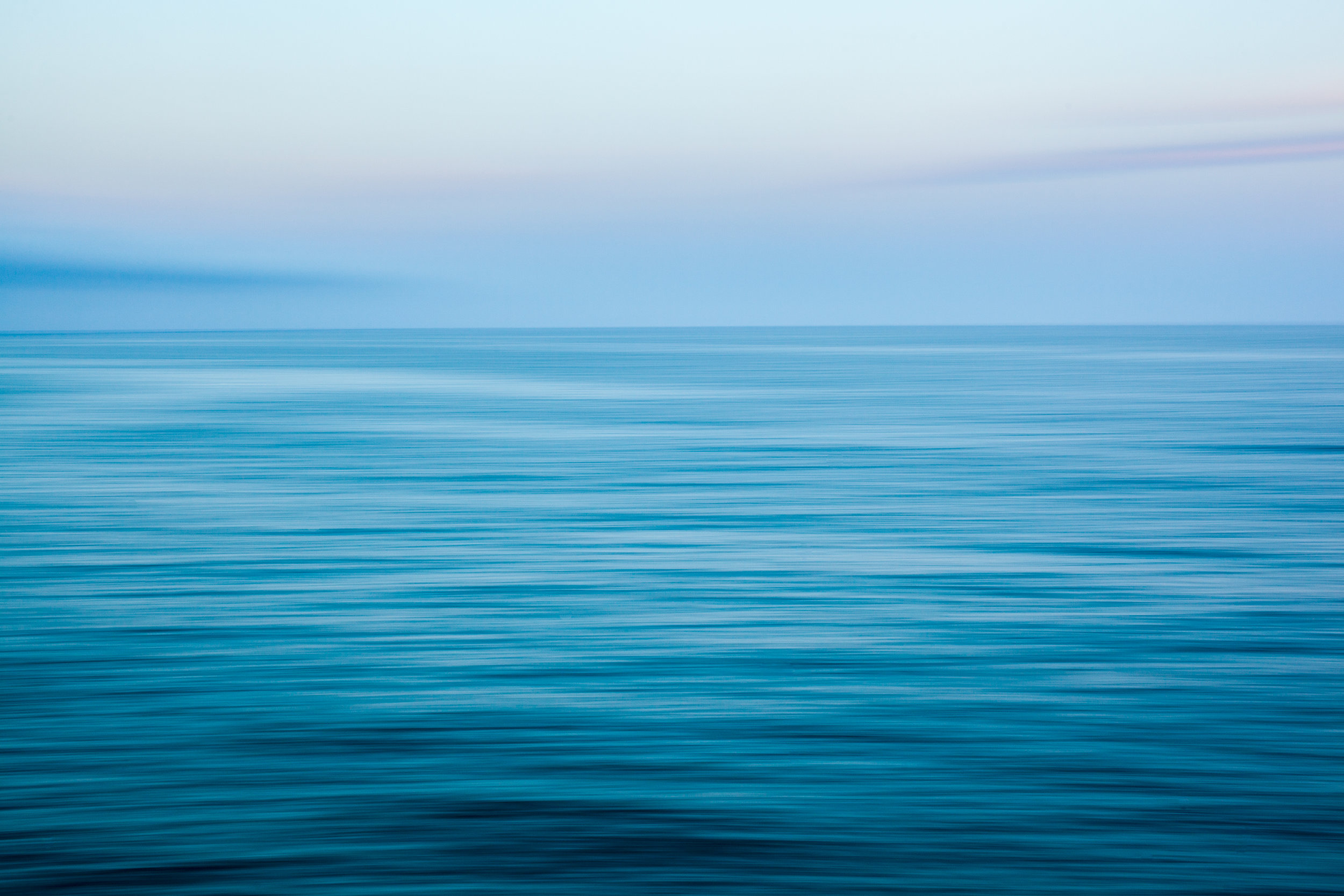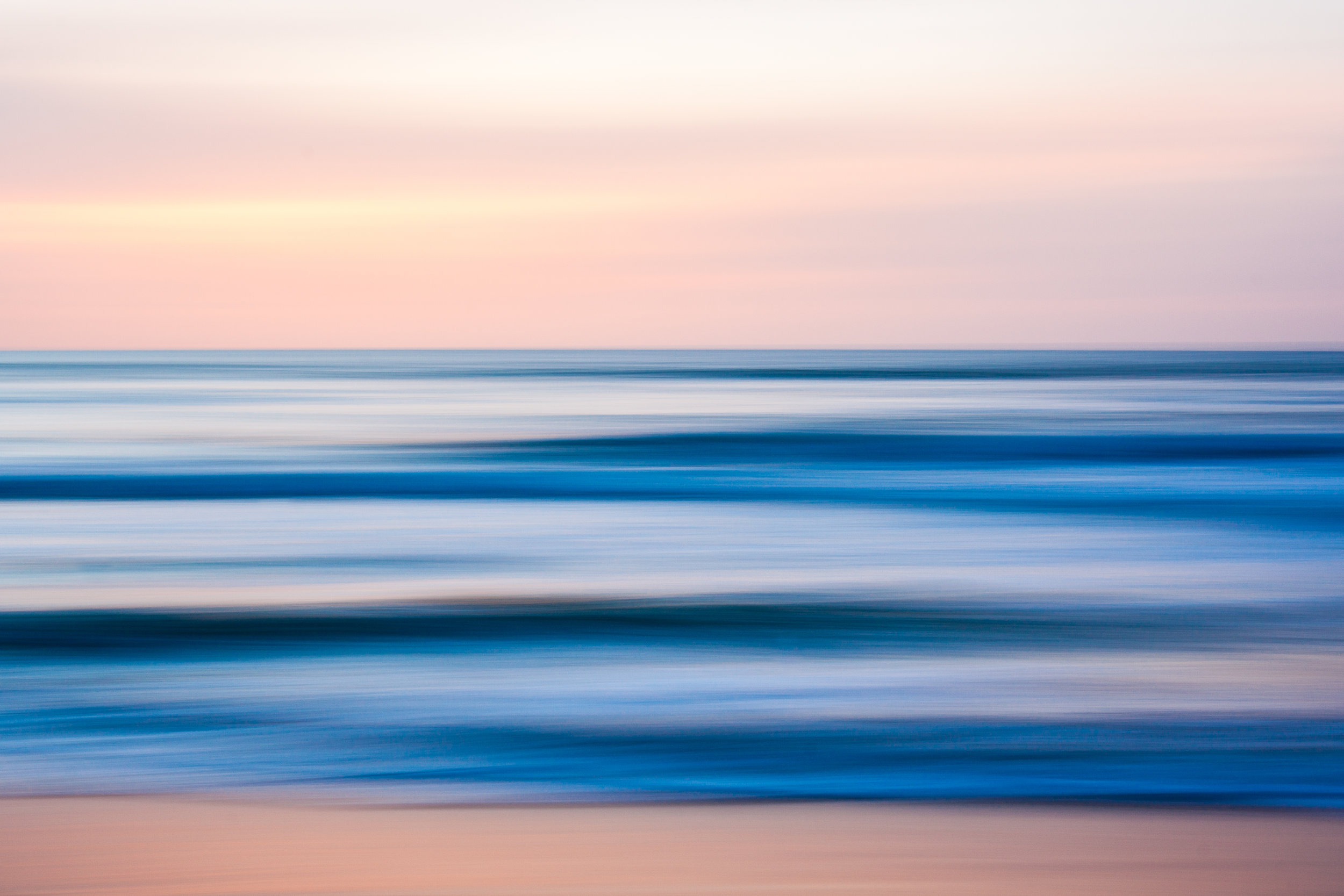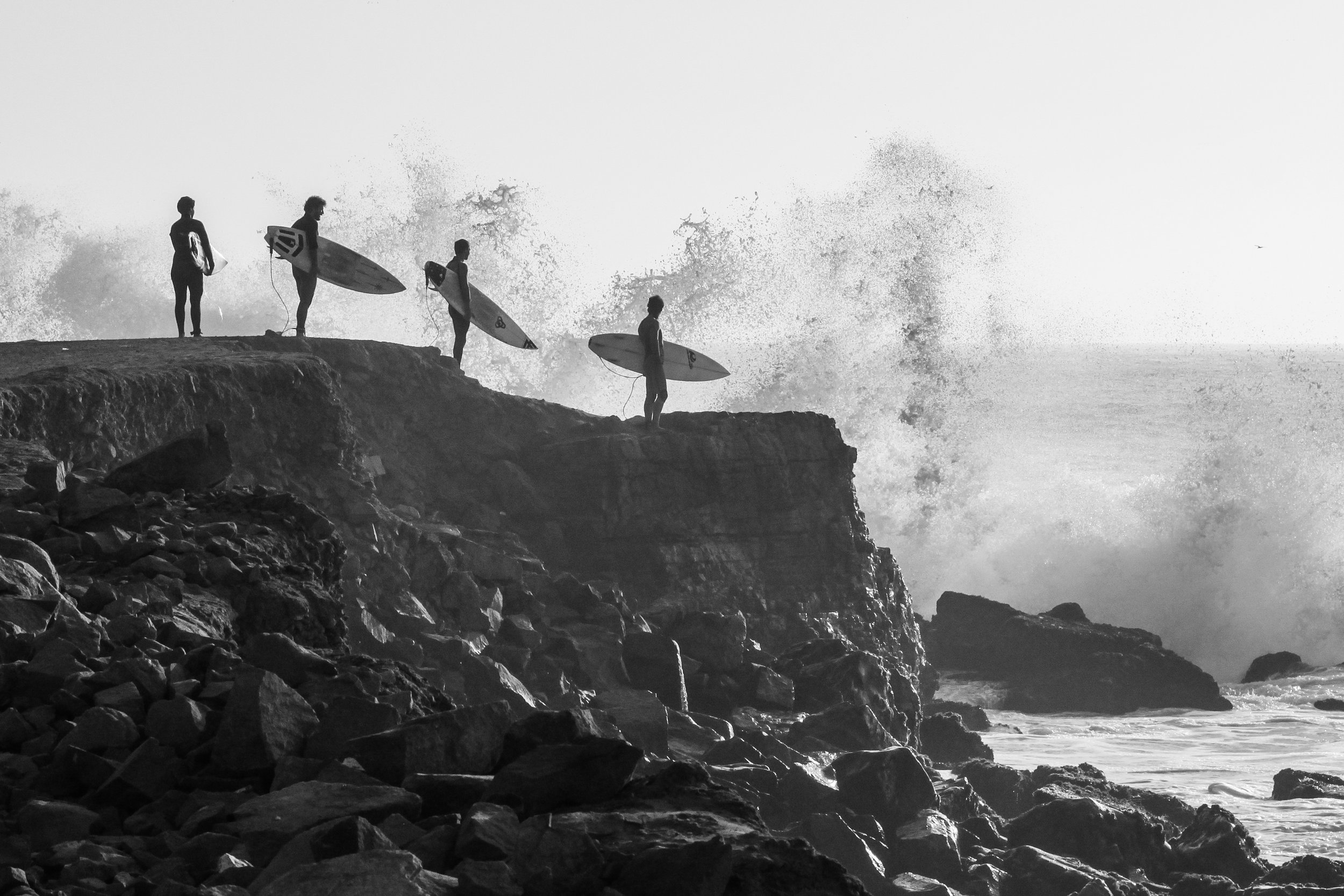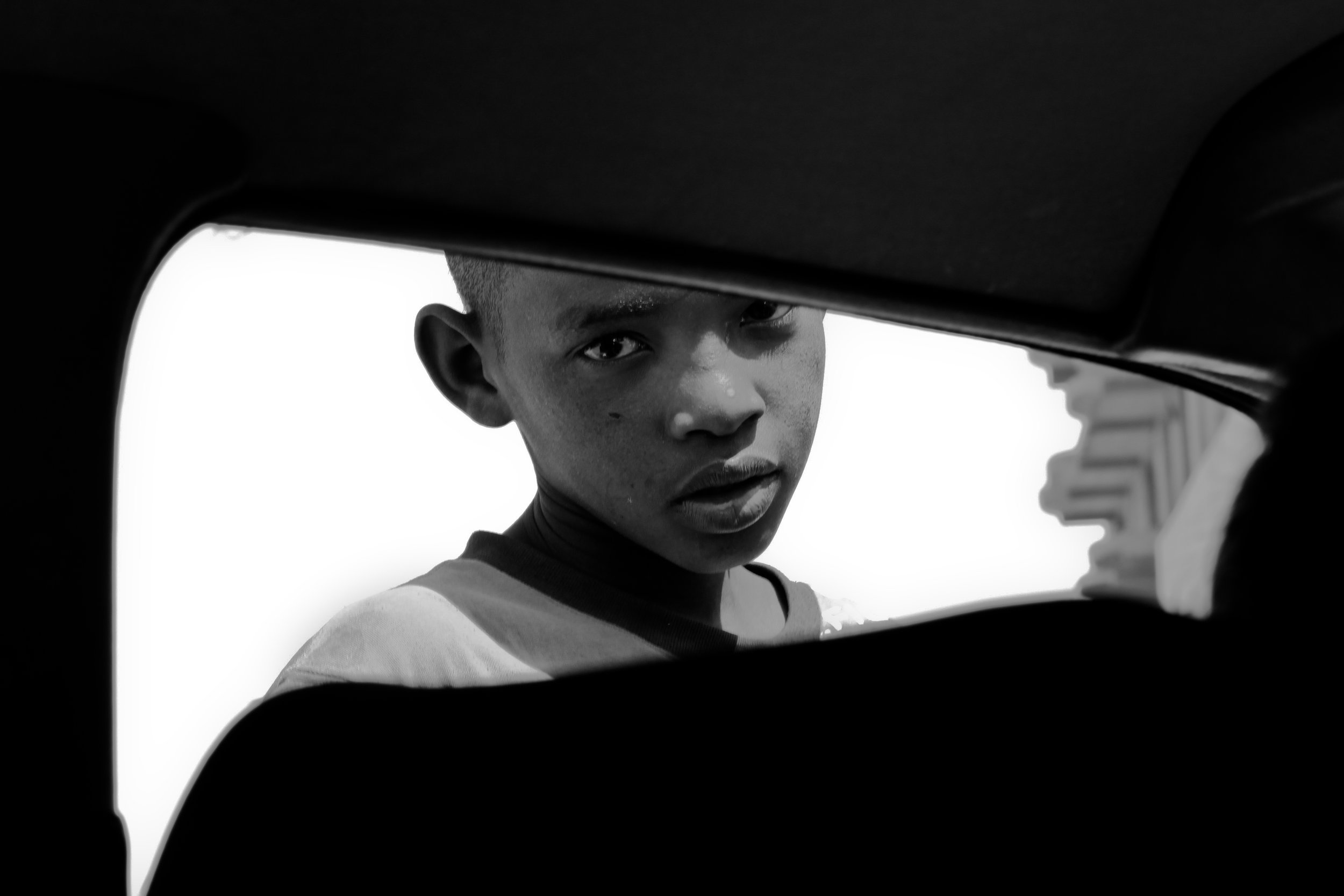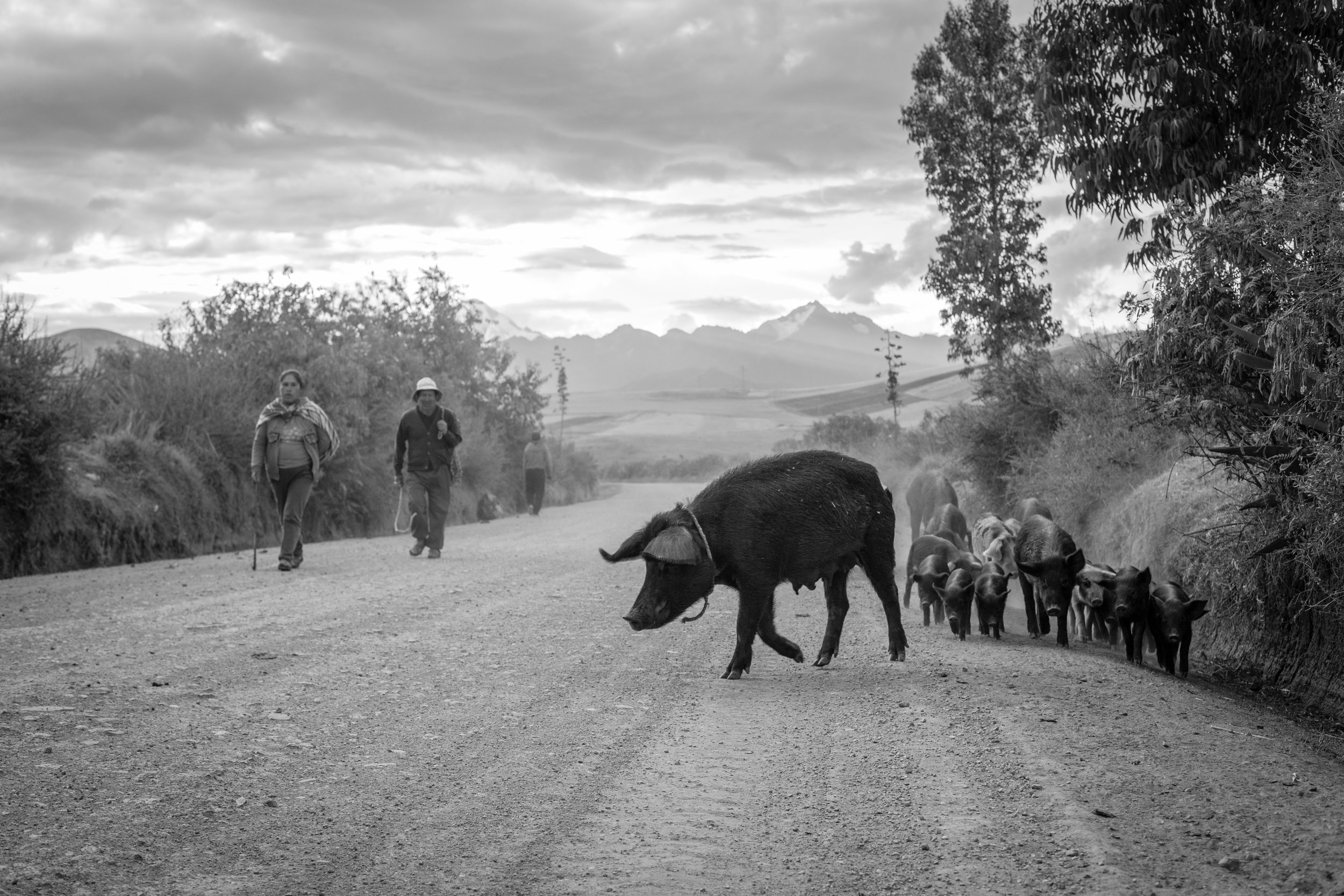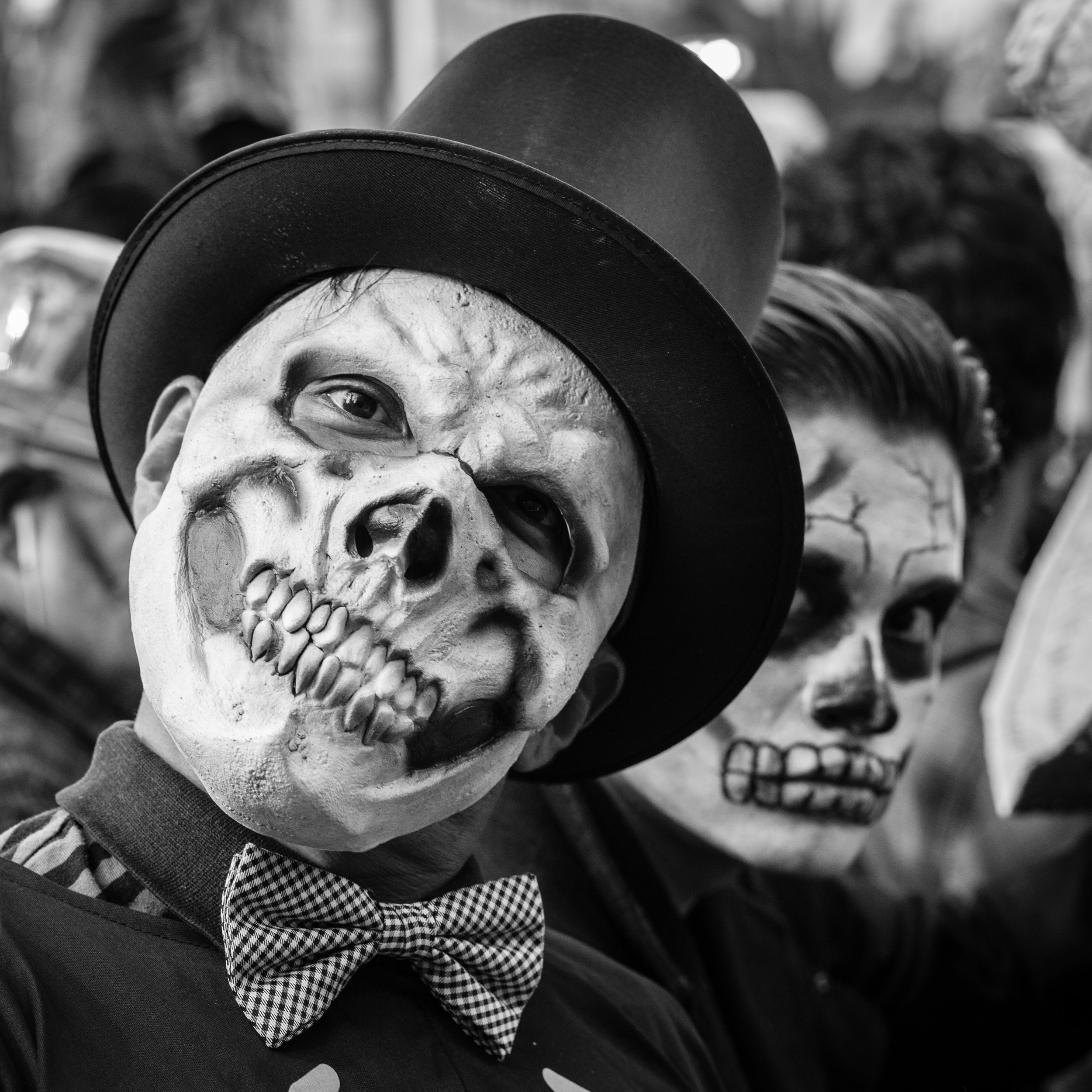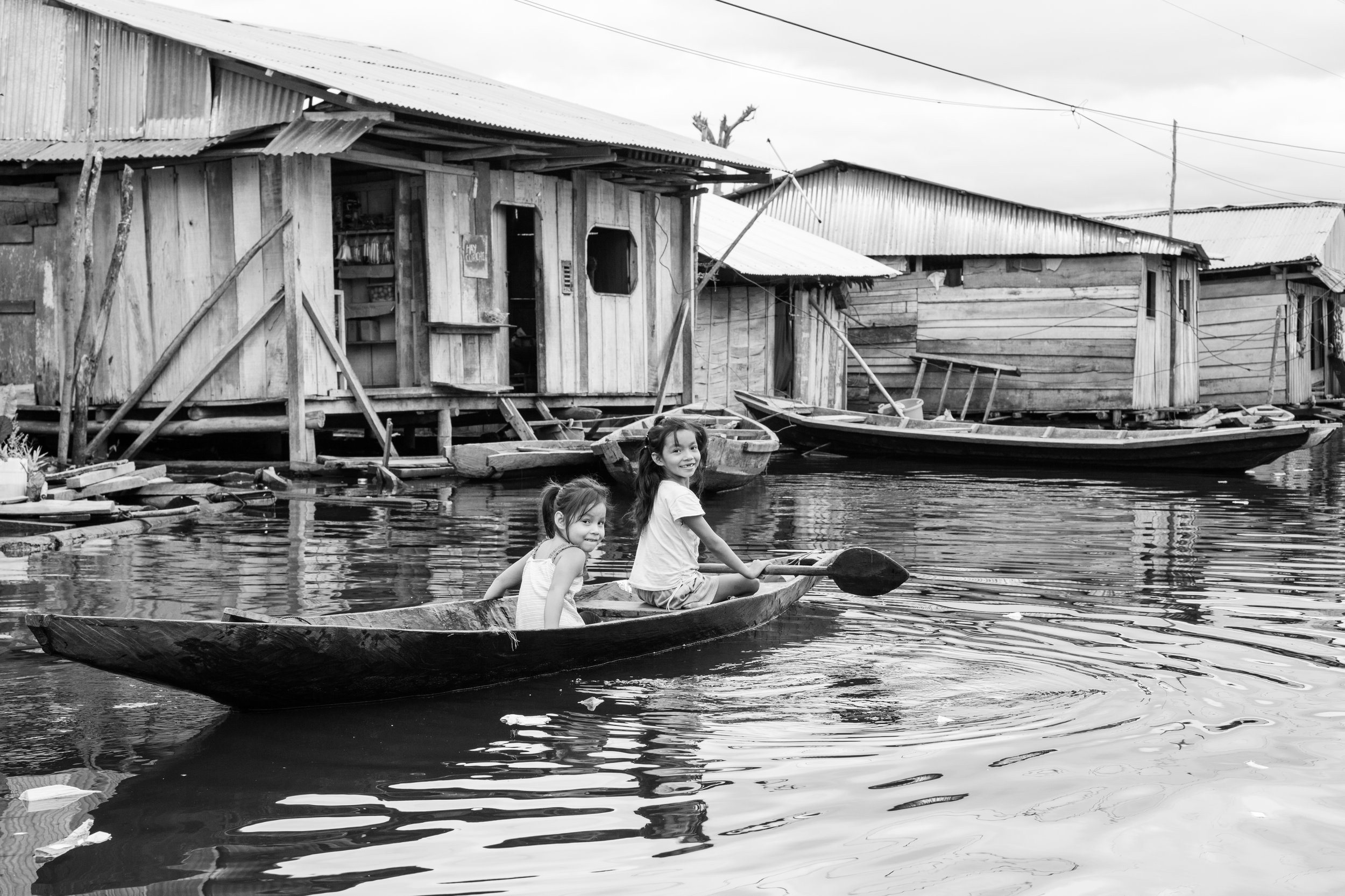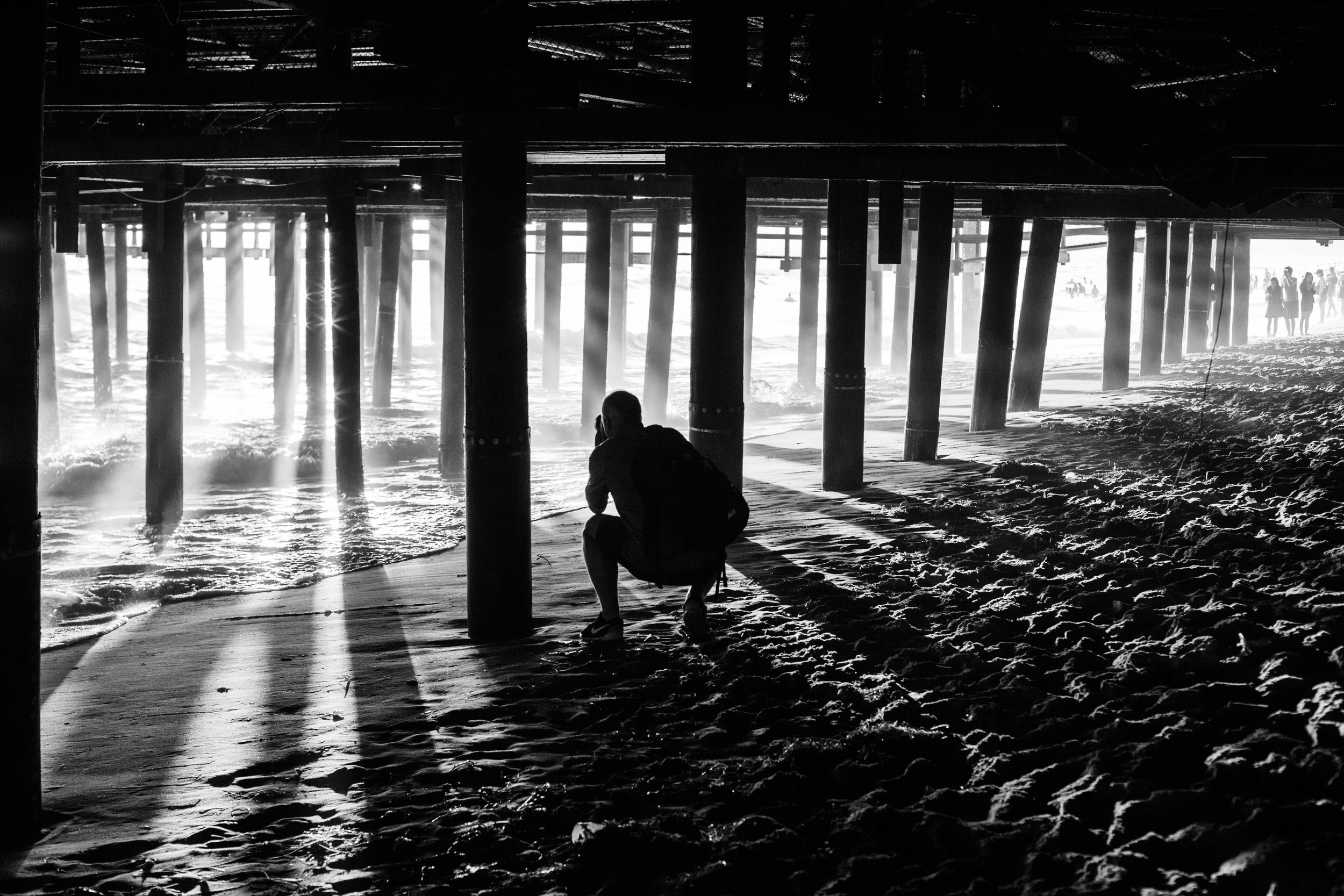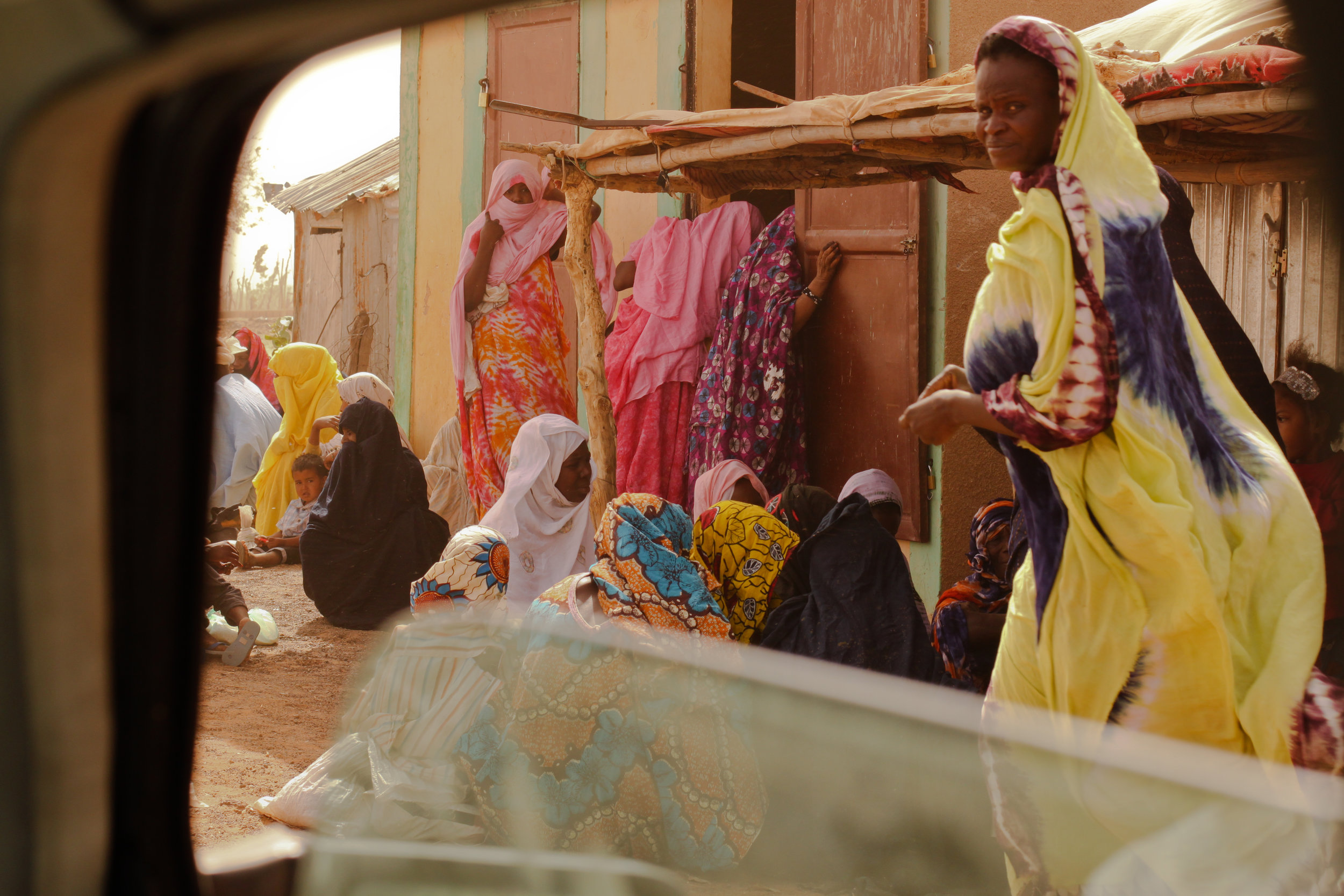Some natural light portraits I took of a friend in Dakar, Senegal. The portraits were all taken with a Canon 5D2 and a 50mm 1.4 lens in and around Dakar. The model, Fatima is a photographer and model from Dakar, she is available for photos shoots and collaborations. Click through the slideshow for some of the natural light portraits of Fatima taken in Dakar:
All of the portraits of Fatima were taken in Dakar, either on the Northern coast of the peninsula or on the island of Ngor. The colourful braids seemed to be the fashion trend in West Africa at the time of my visit with Fatima’s pink ones only available from Ghana.
I have written several other photography blogs about my trip to Senegal including:
‘Down by the Sea, Senegal’ a blog about the life at Yoff beach in Dakar.
More of my travel photography from Senegal can be found on my website, my Instagram, and my Flickr account. Fatima, the Senegalese model in the portrait images can be found via her instagram at @fatou.gueye.bello. If you are interested in purchasing any prints, using an image online or would like further information please send me an email at: geraintrowlandphotography@gmail.com.
